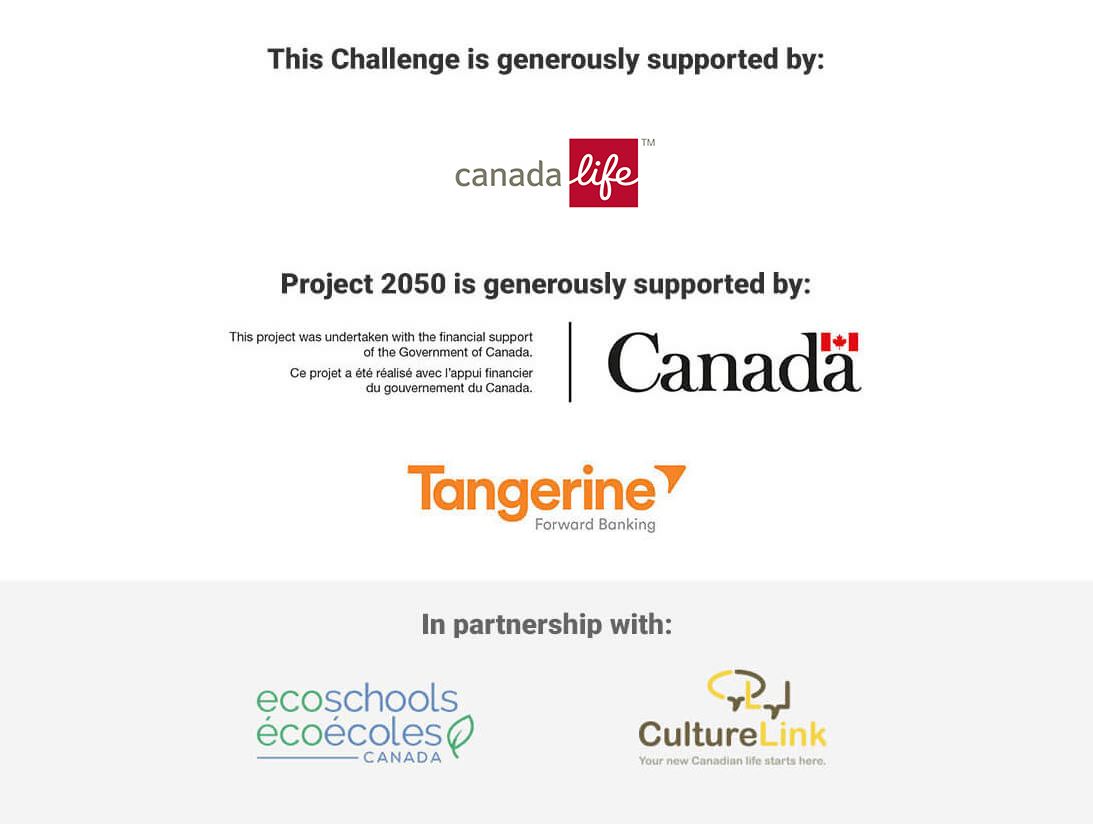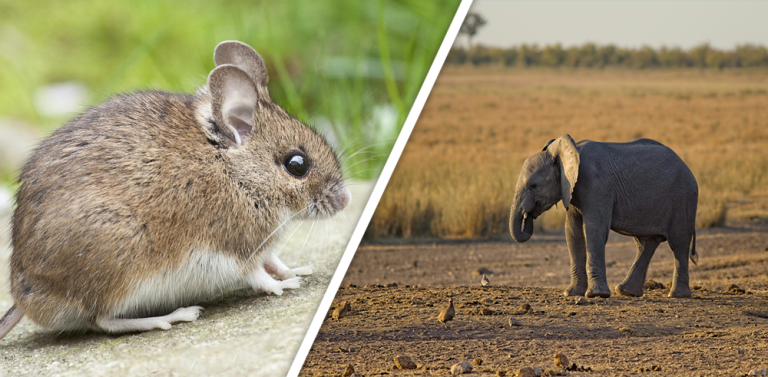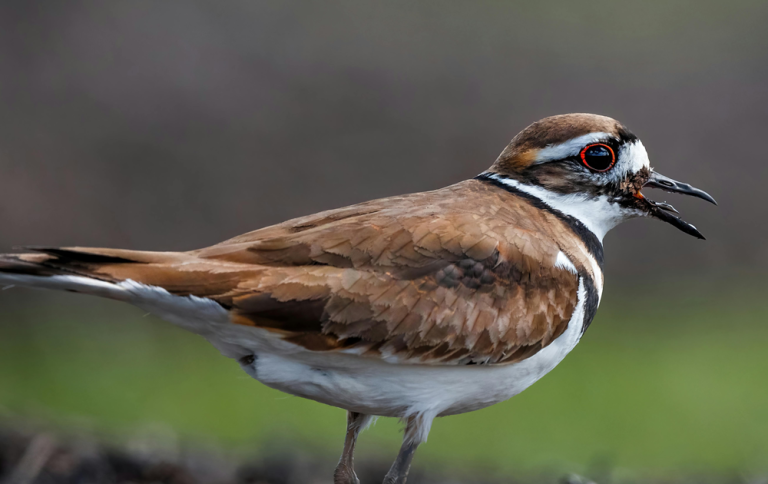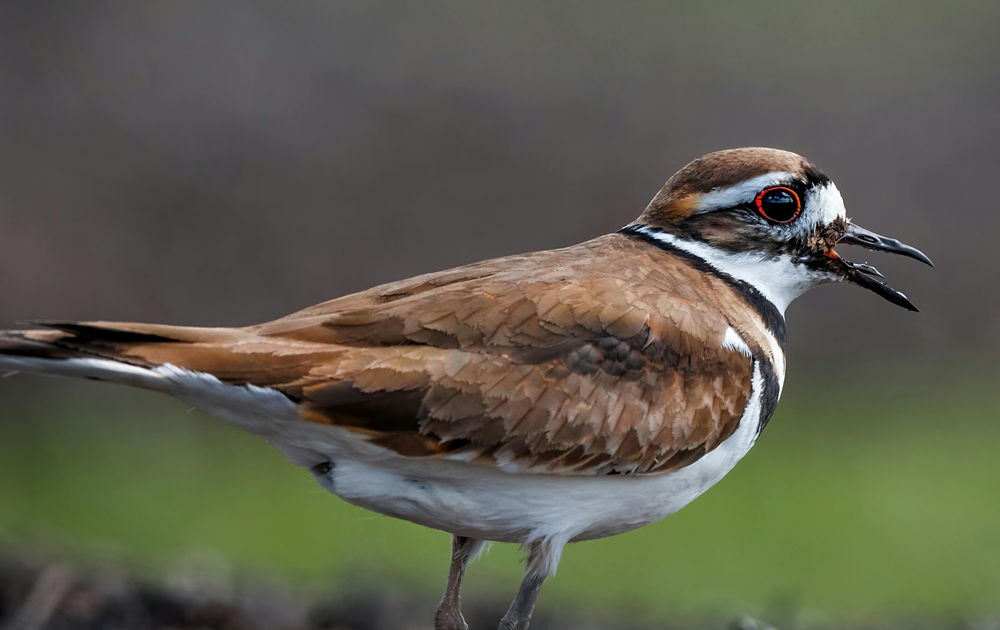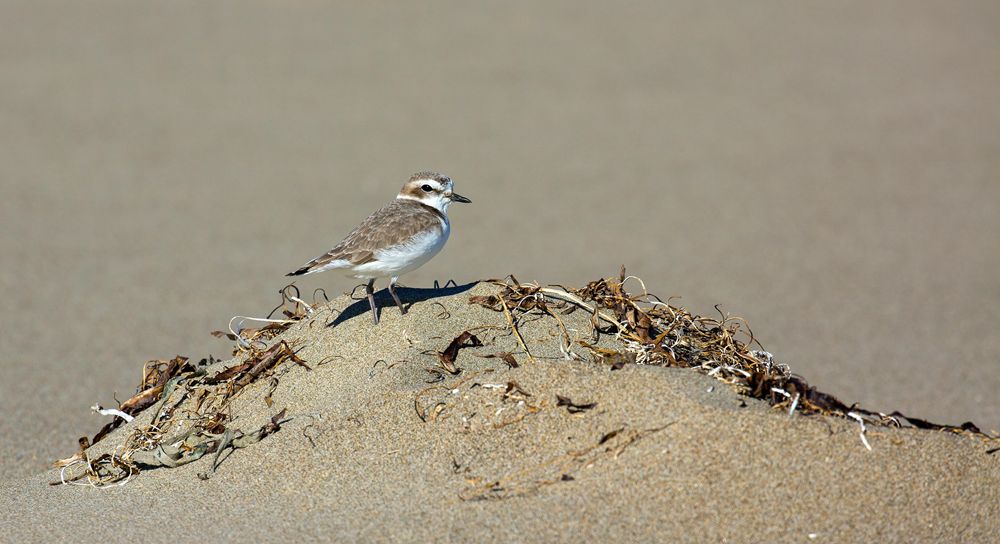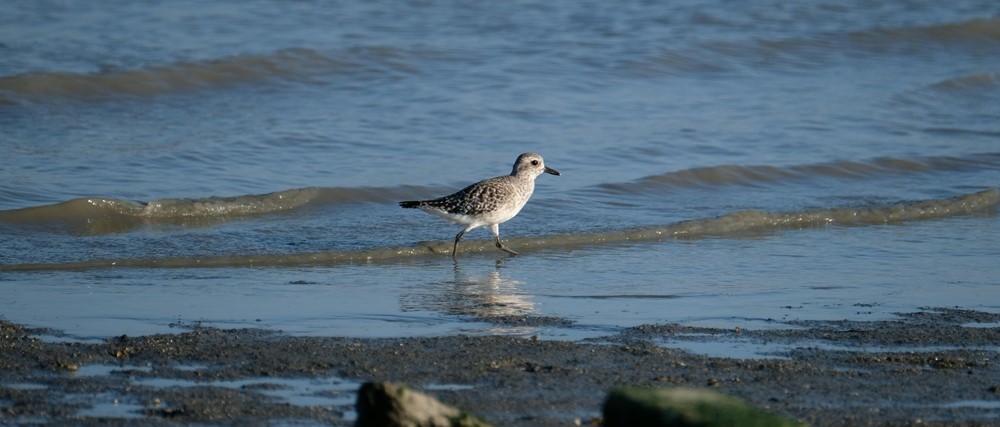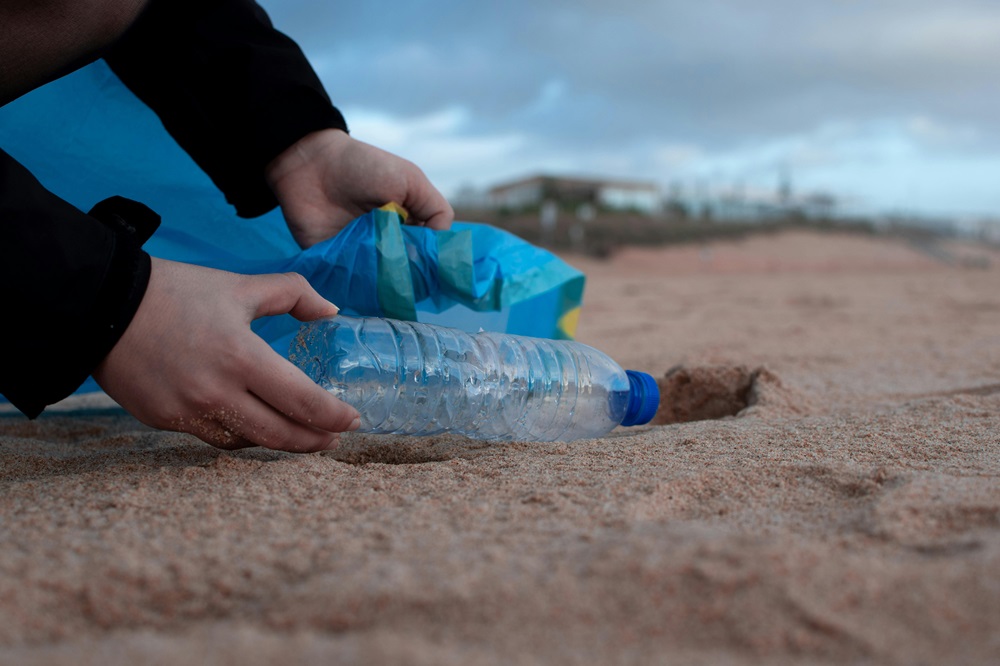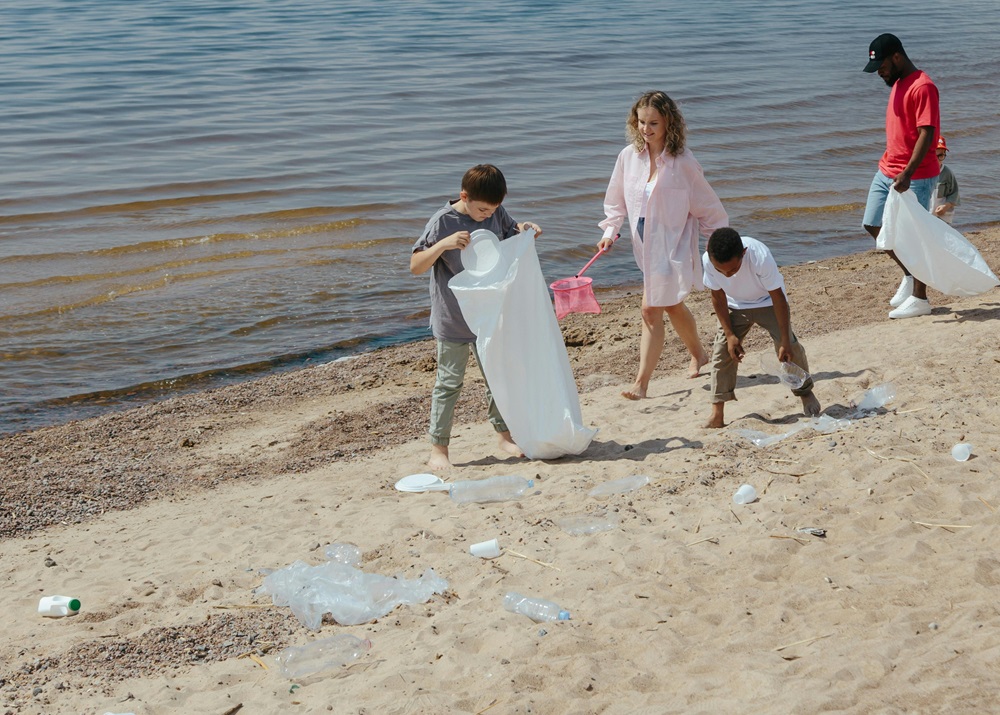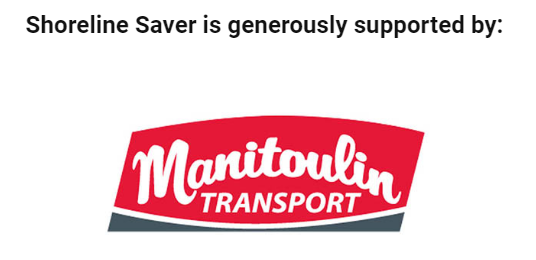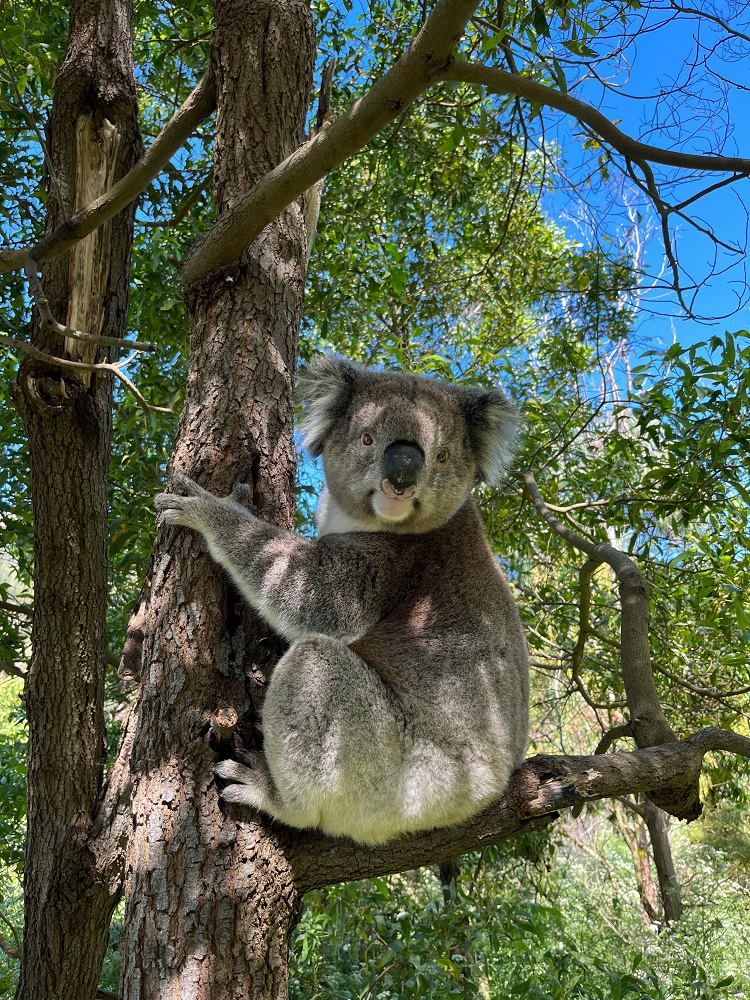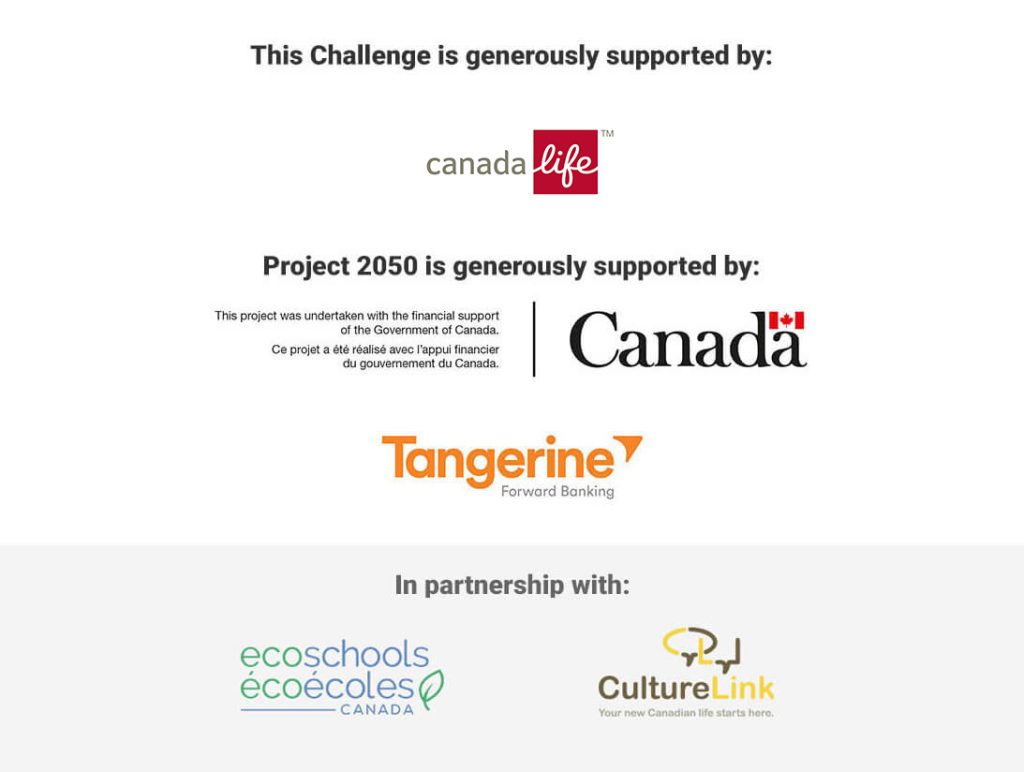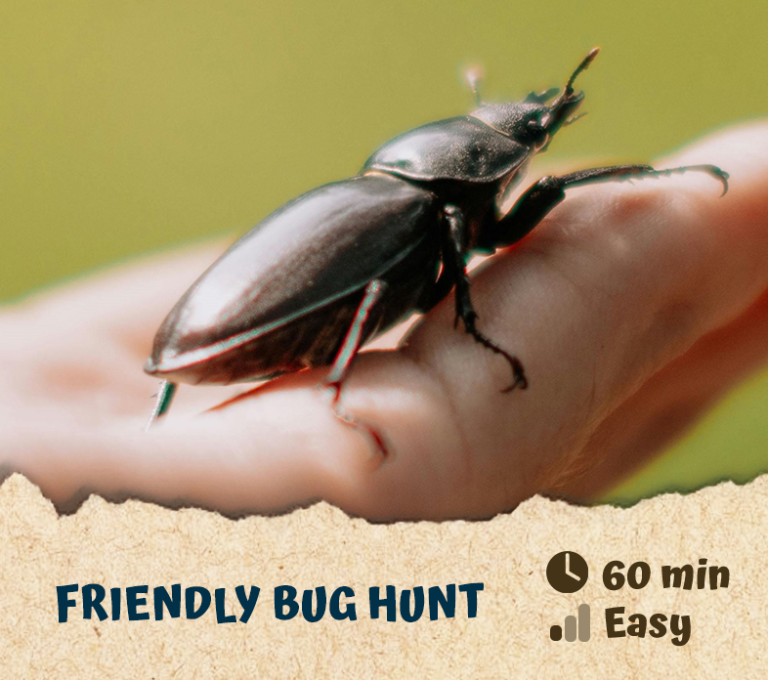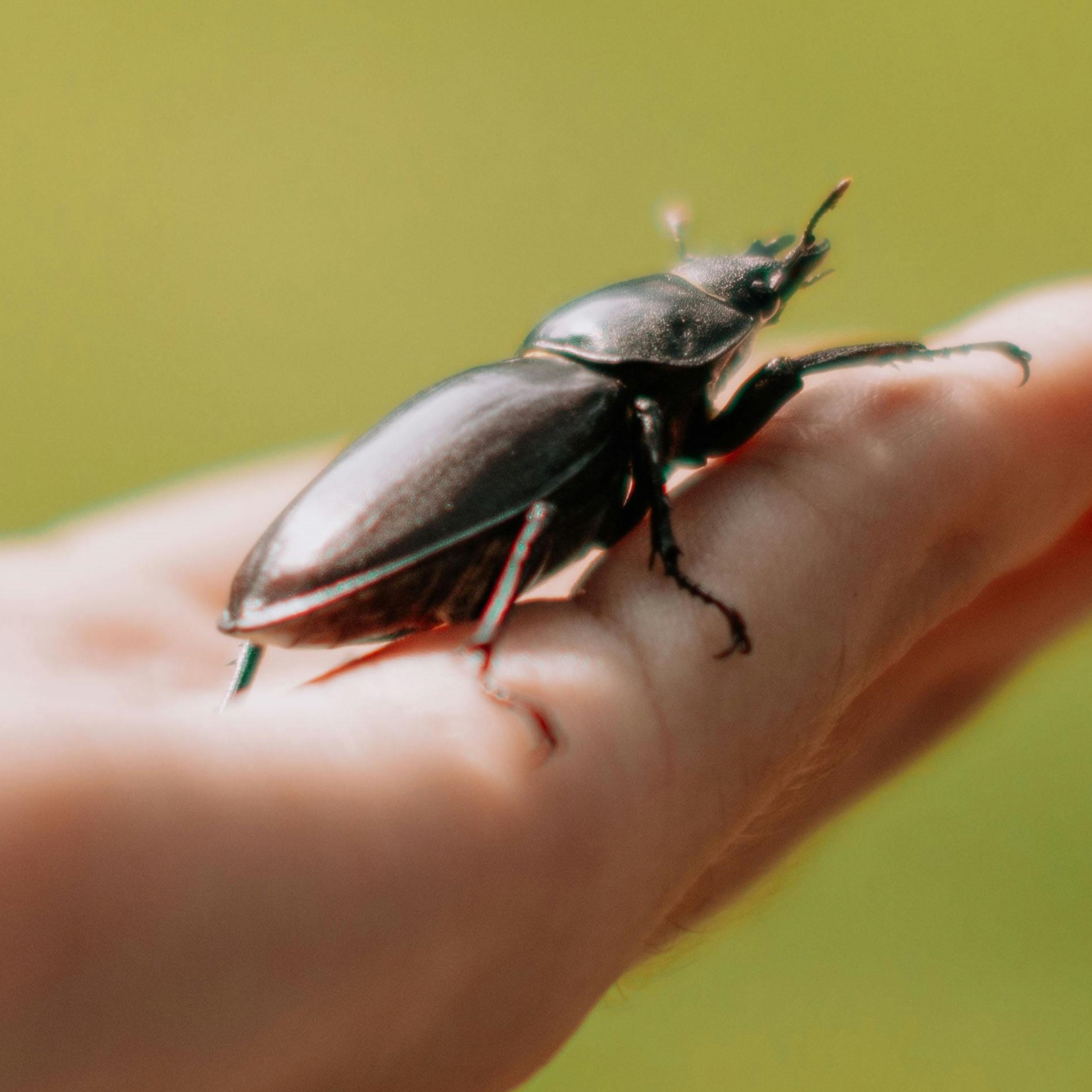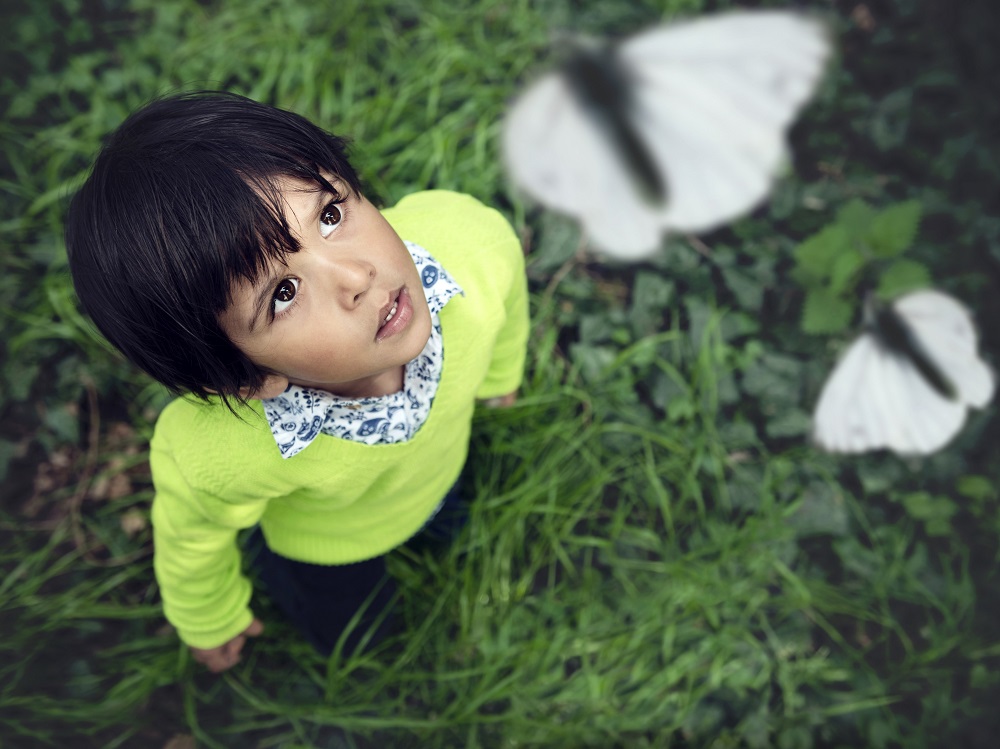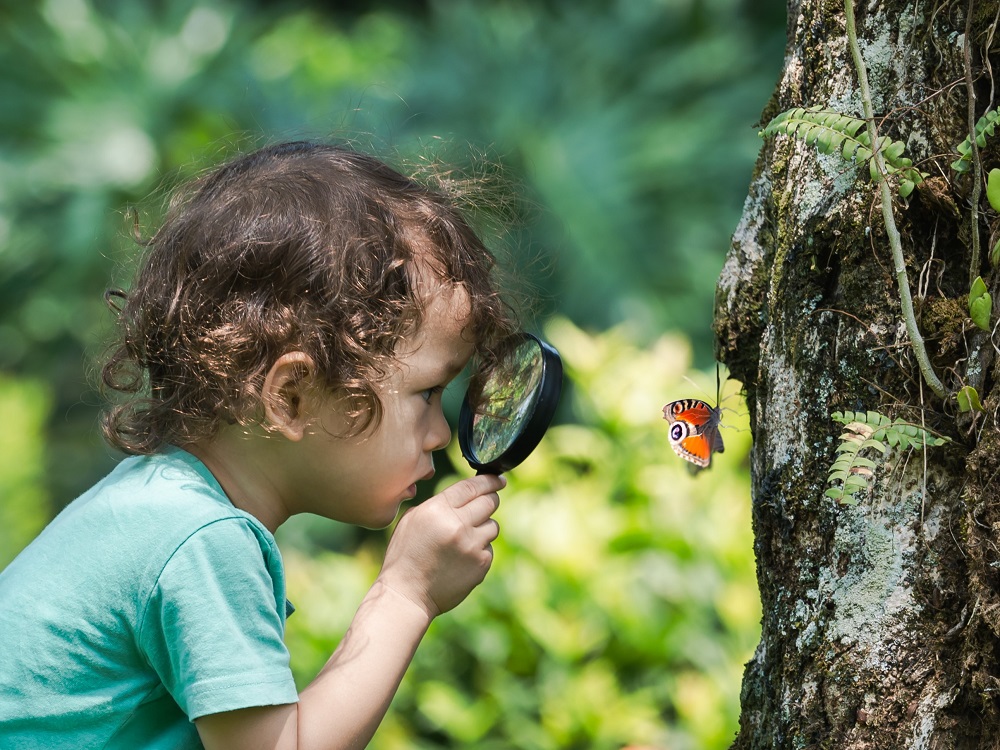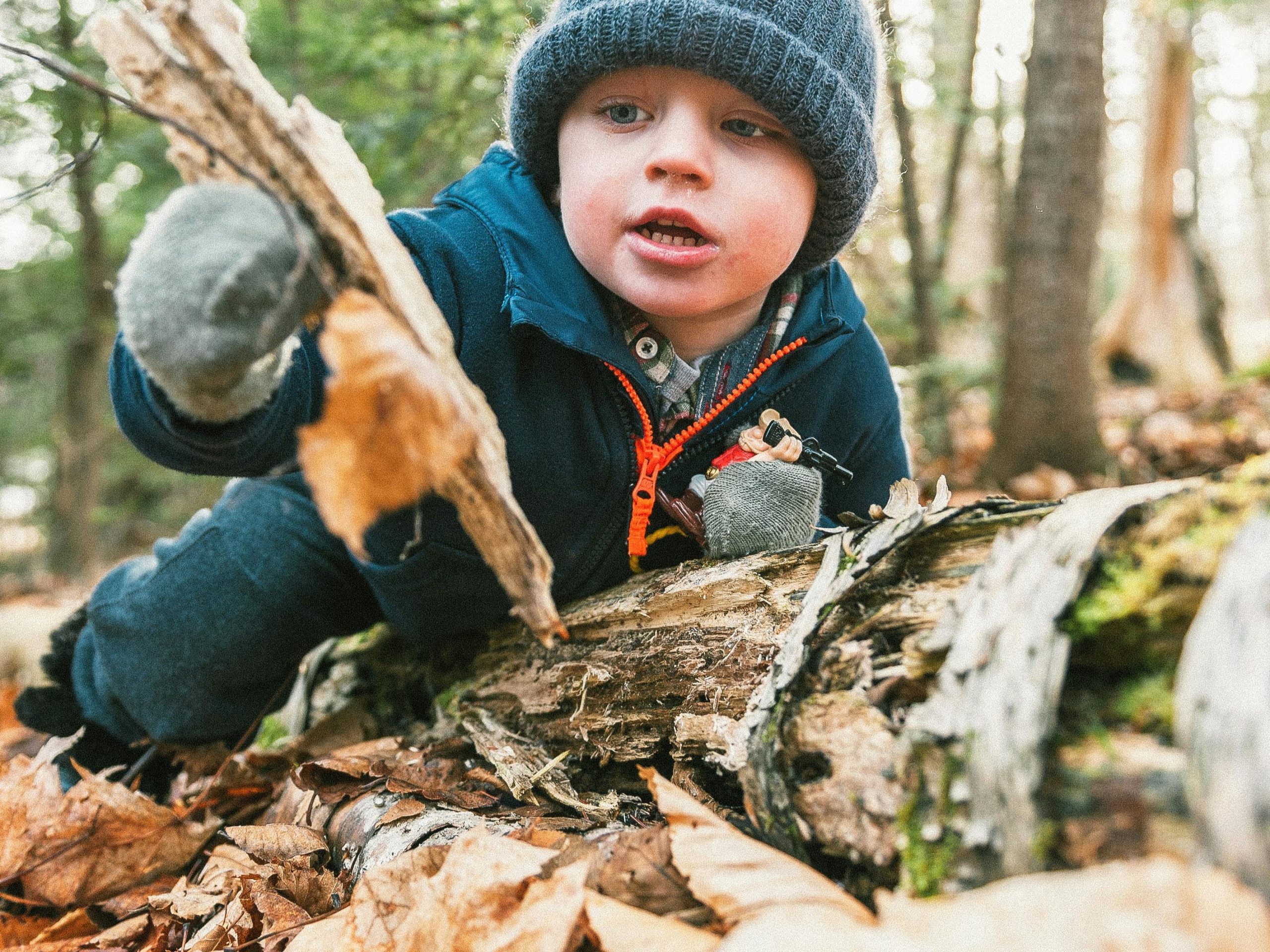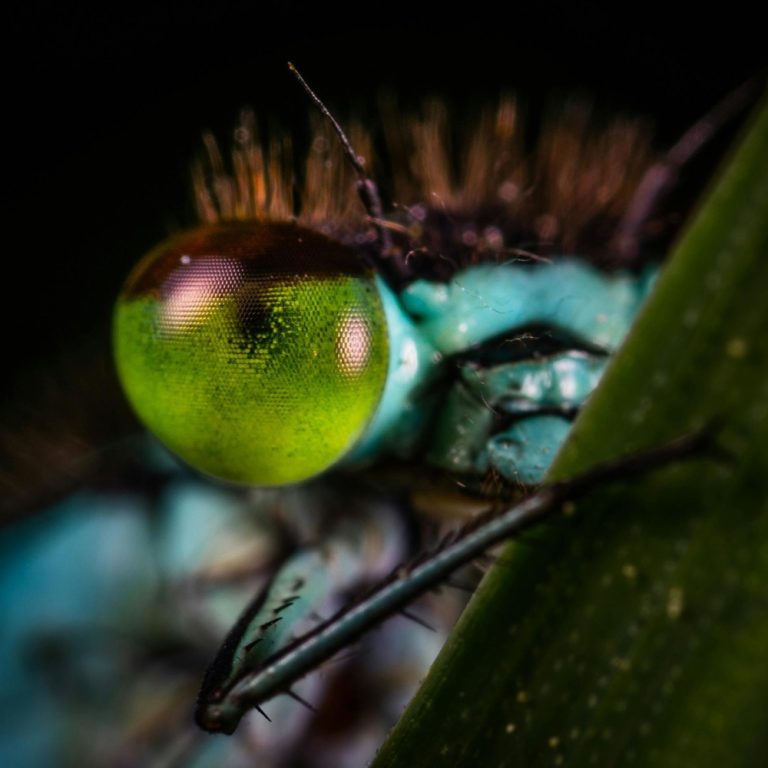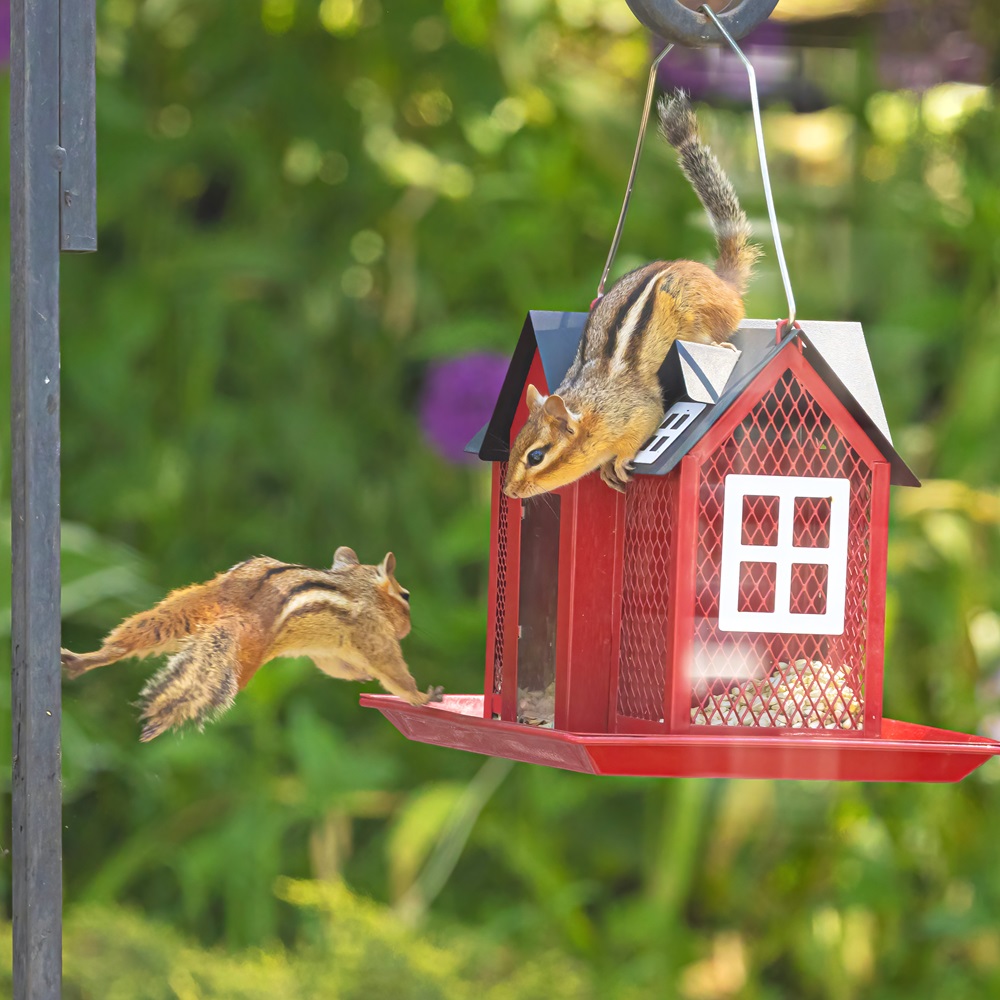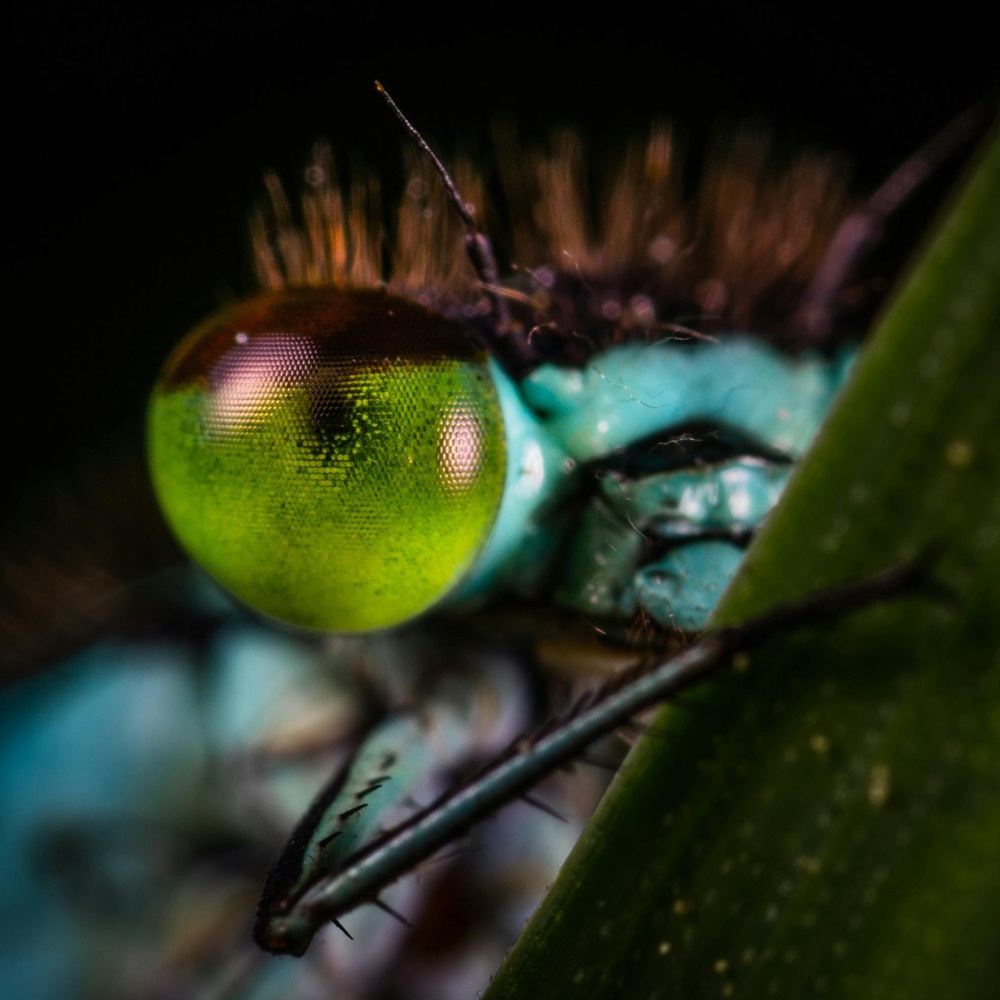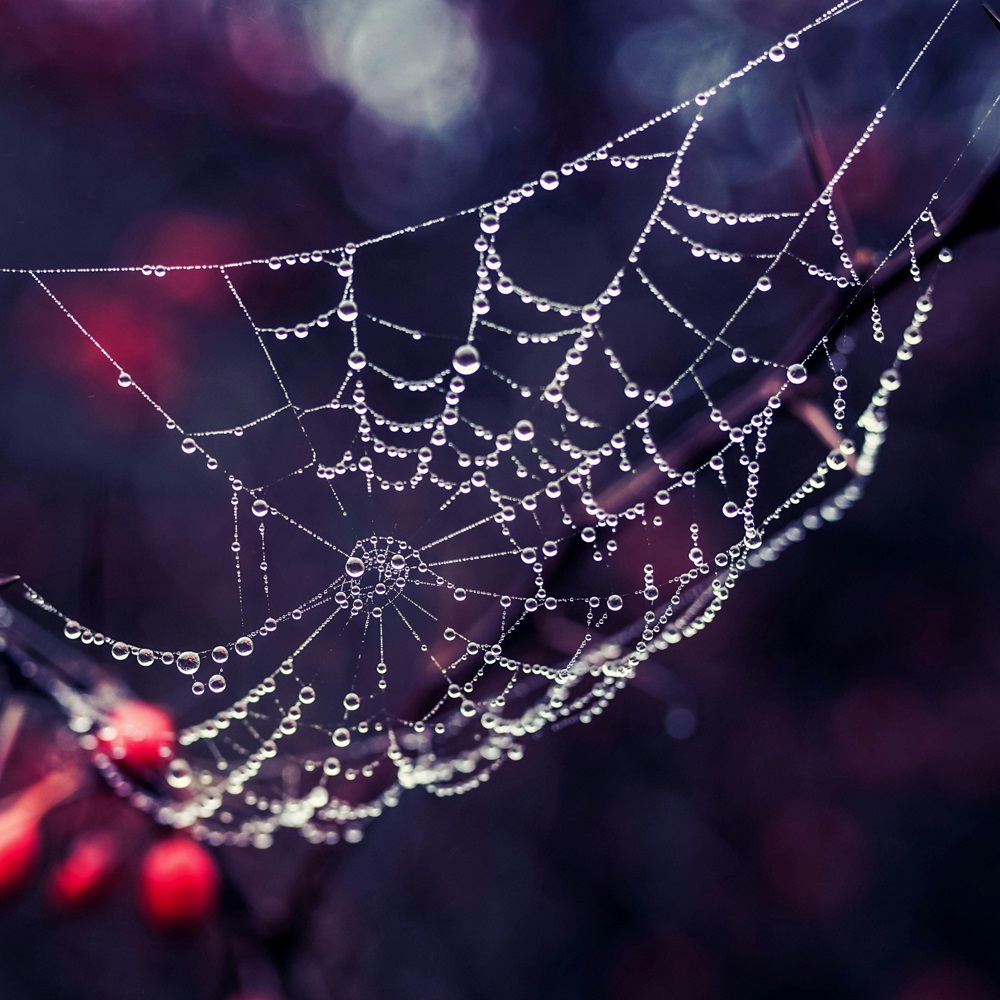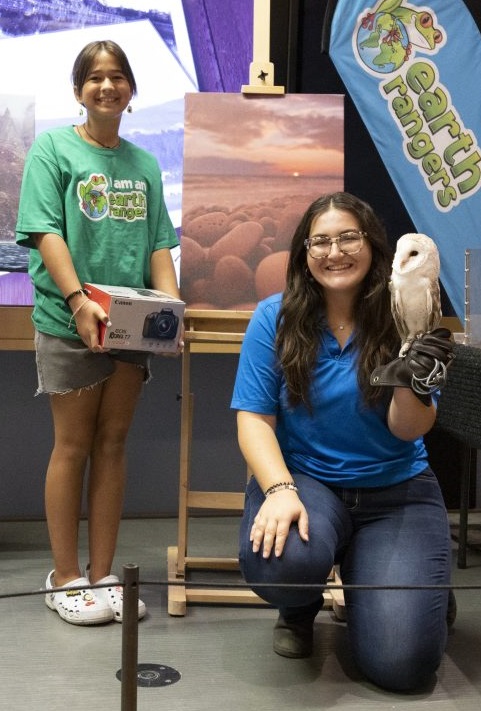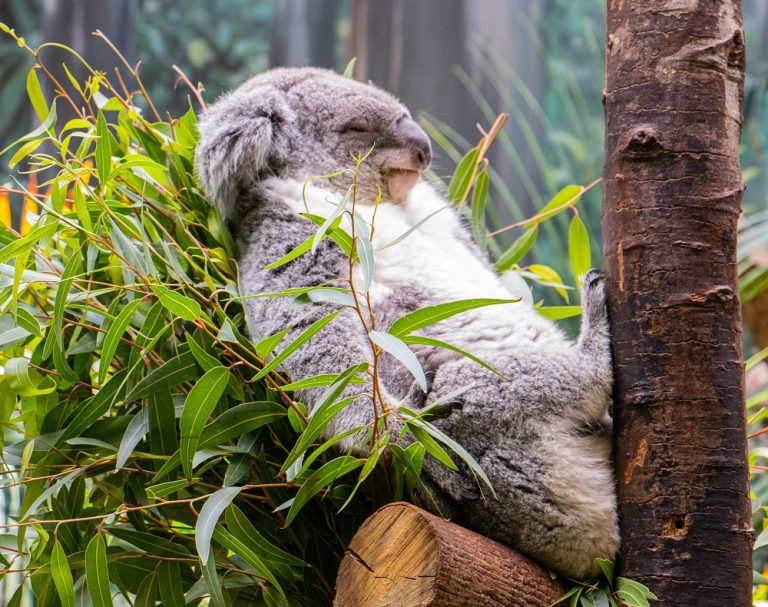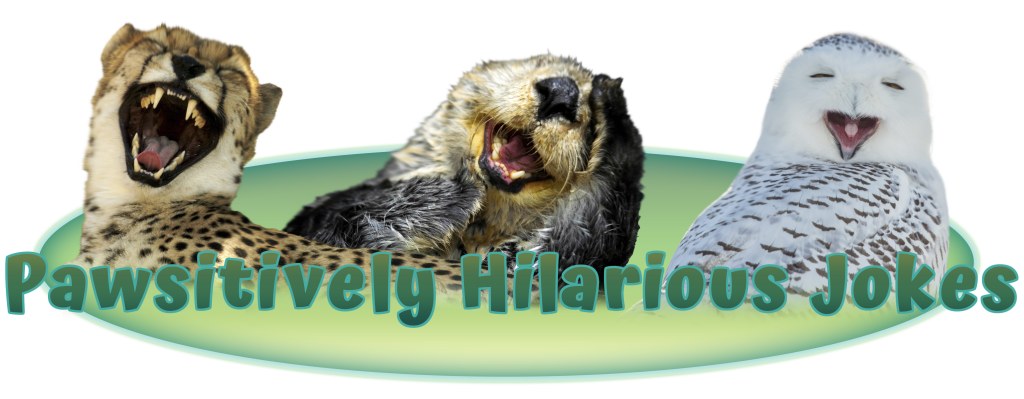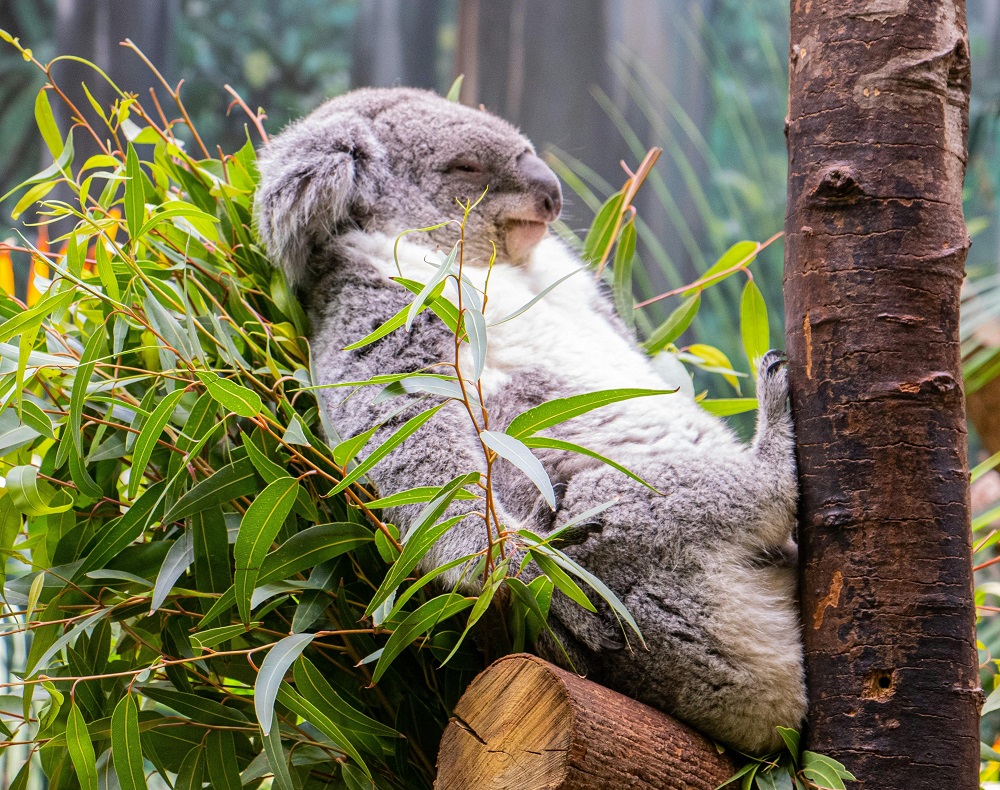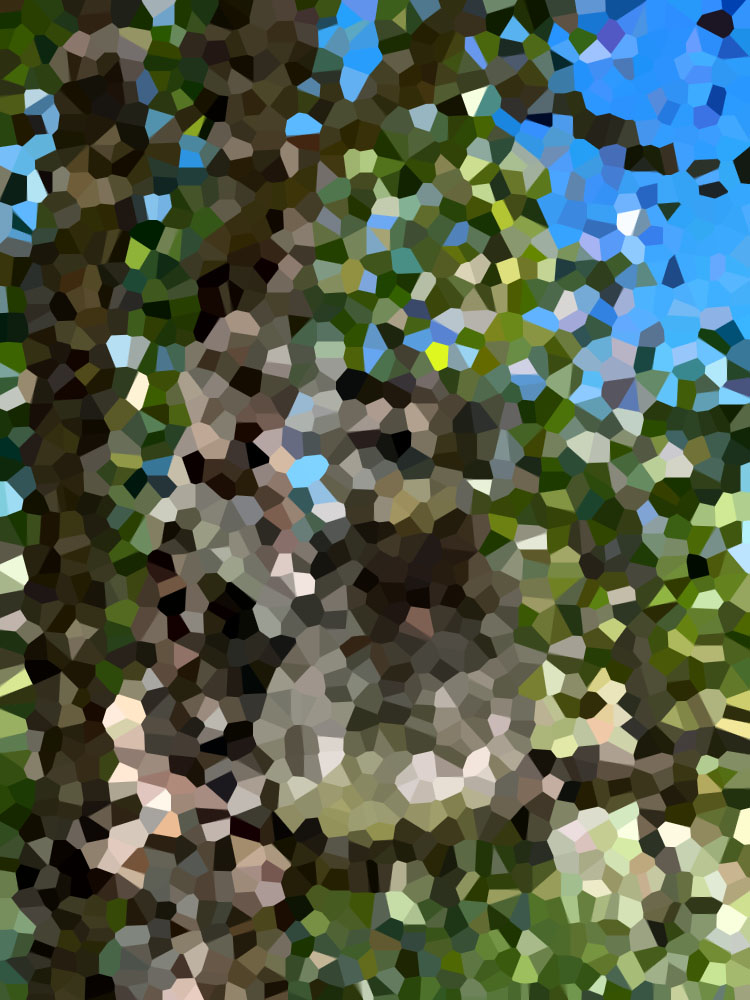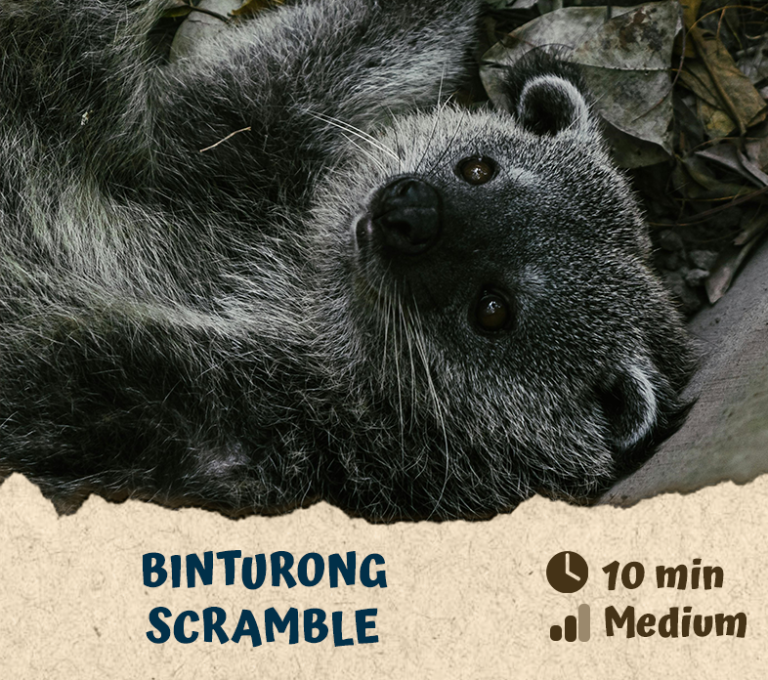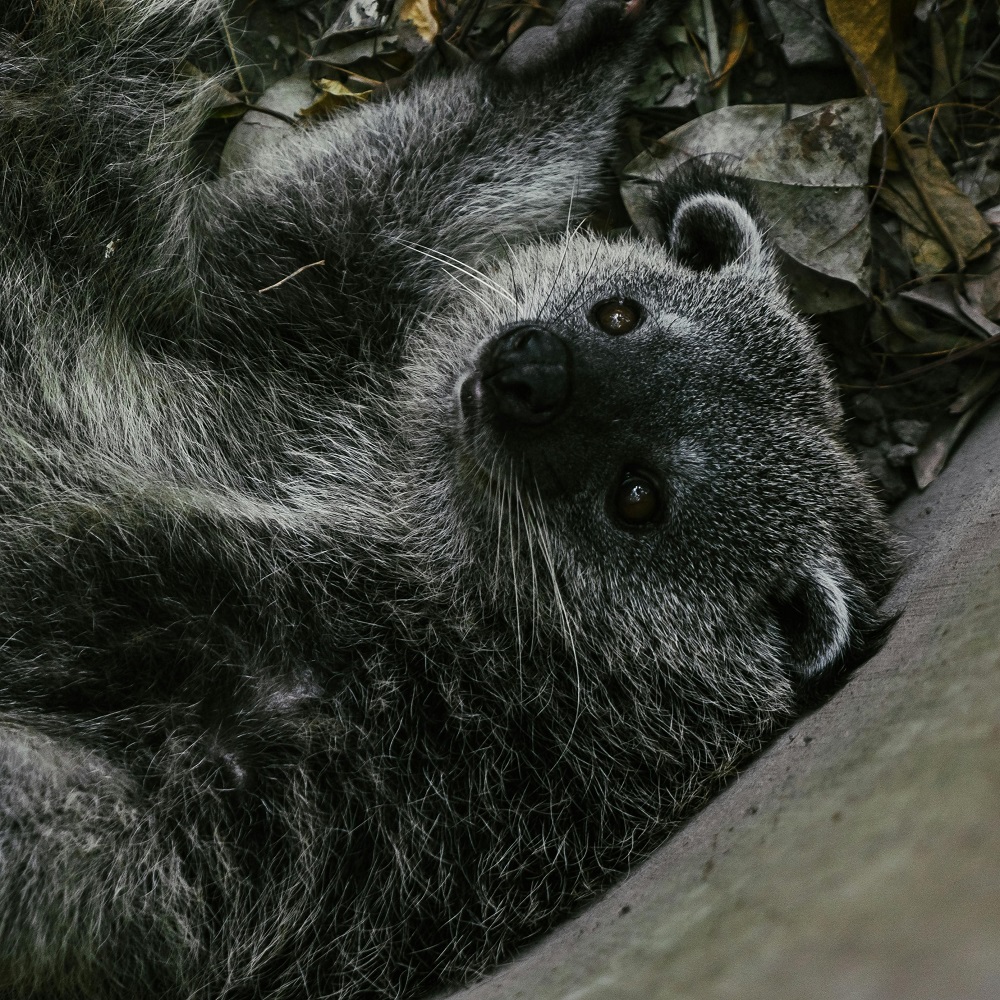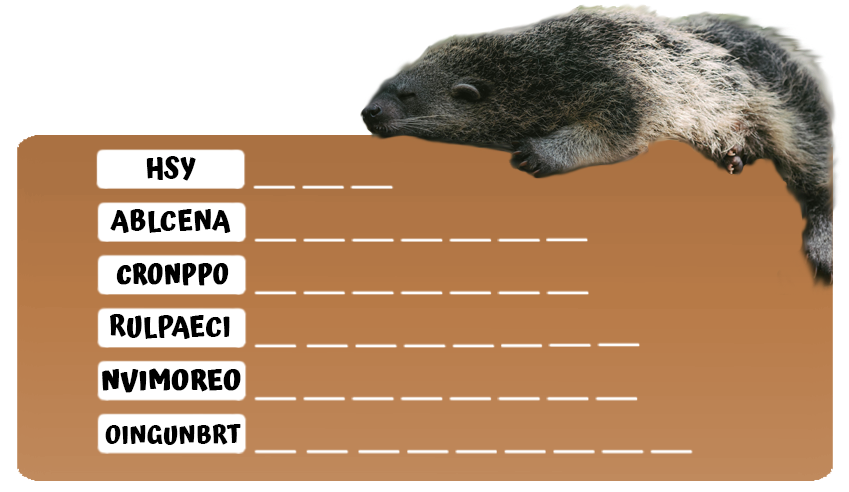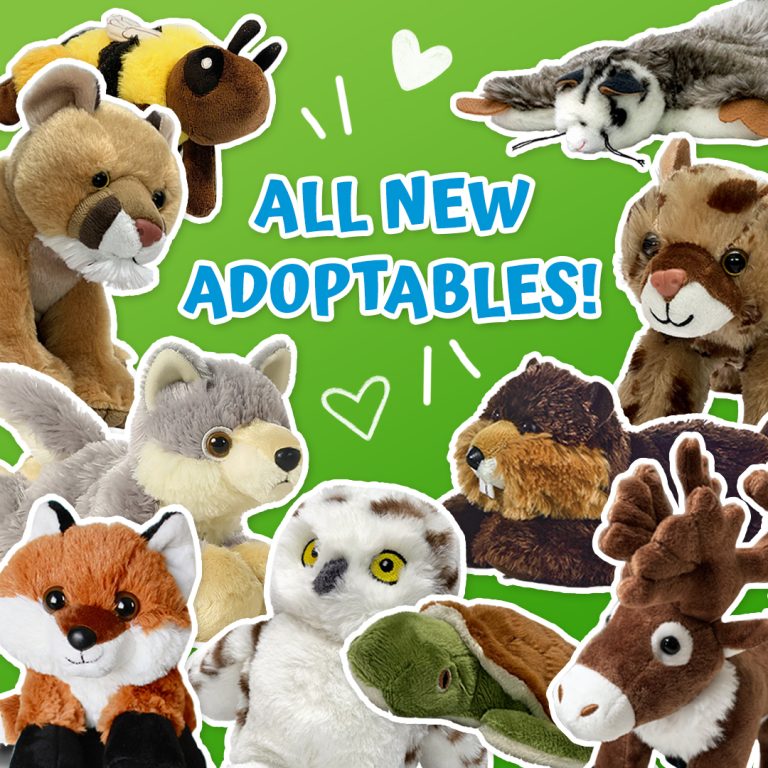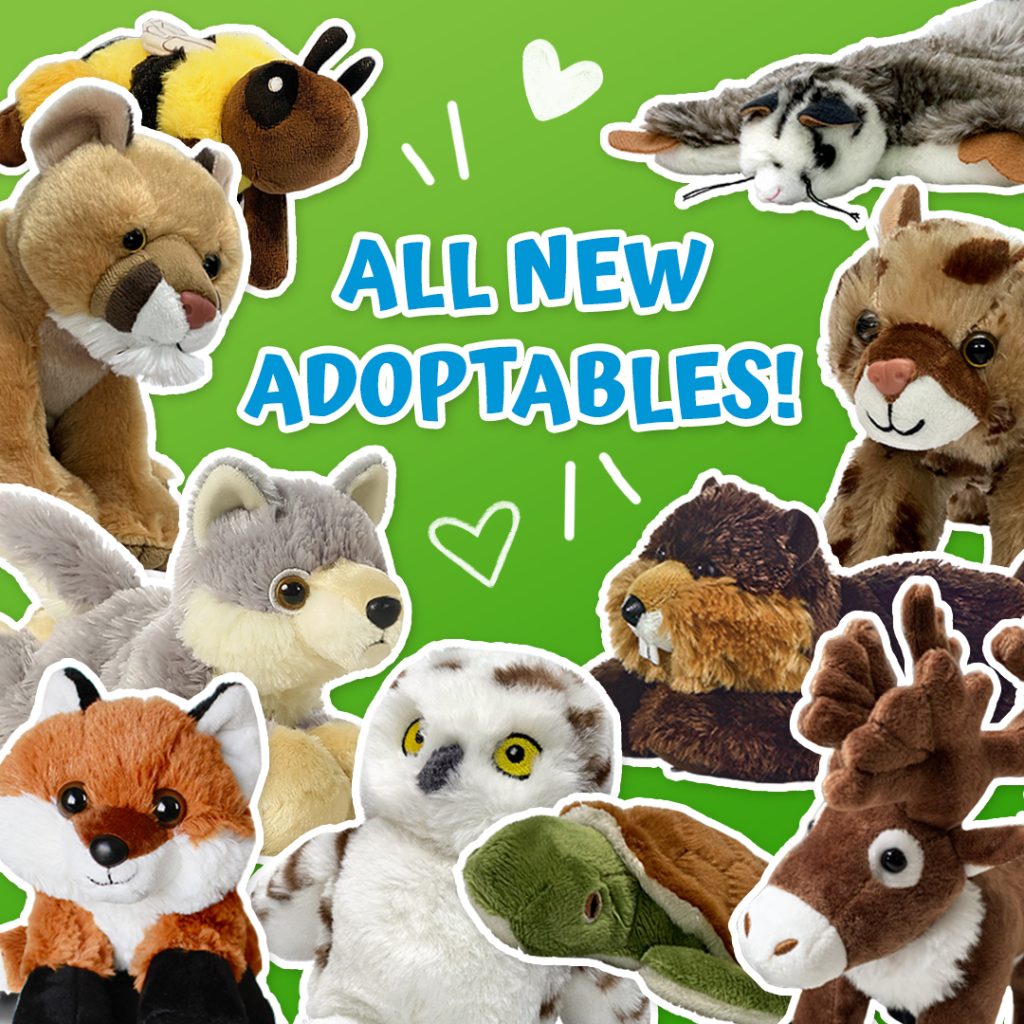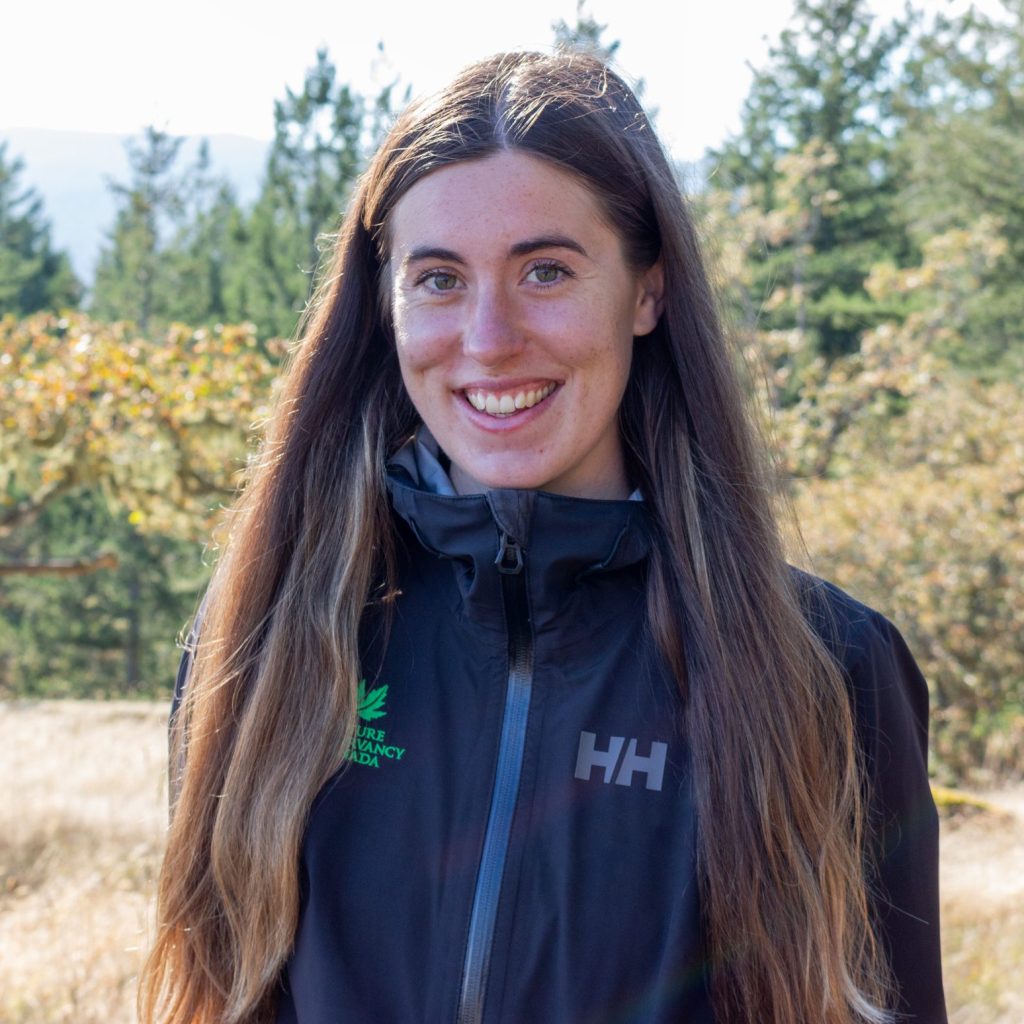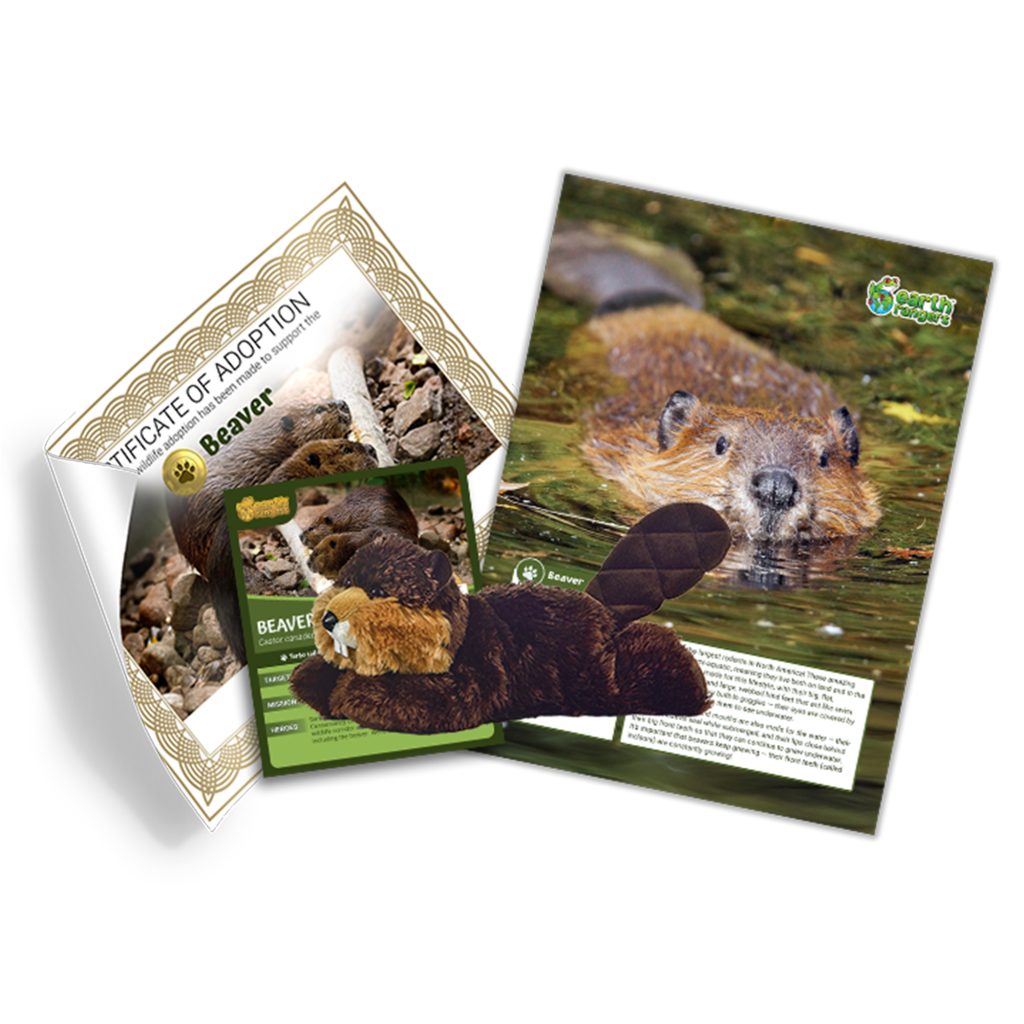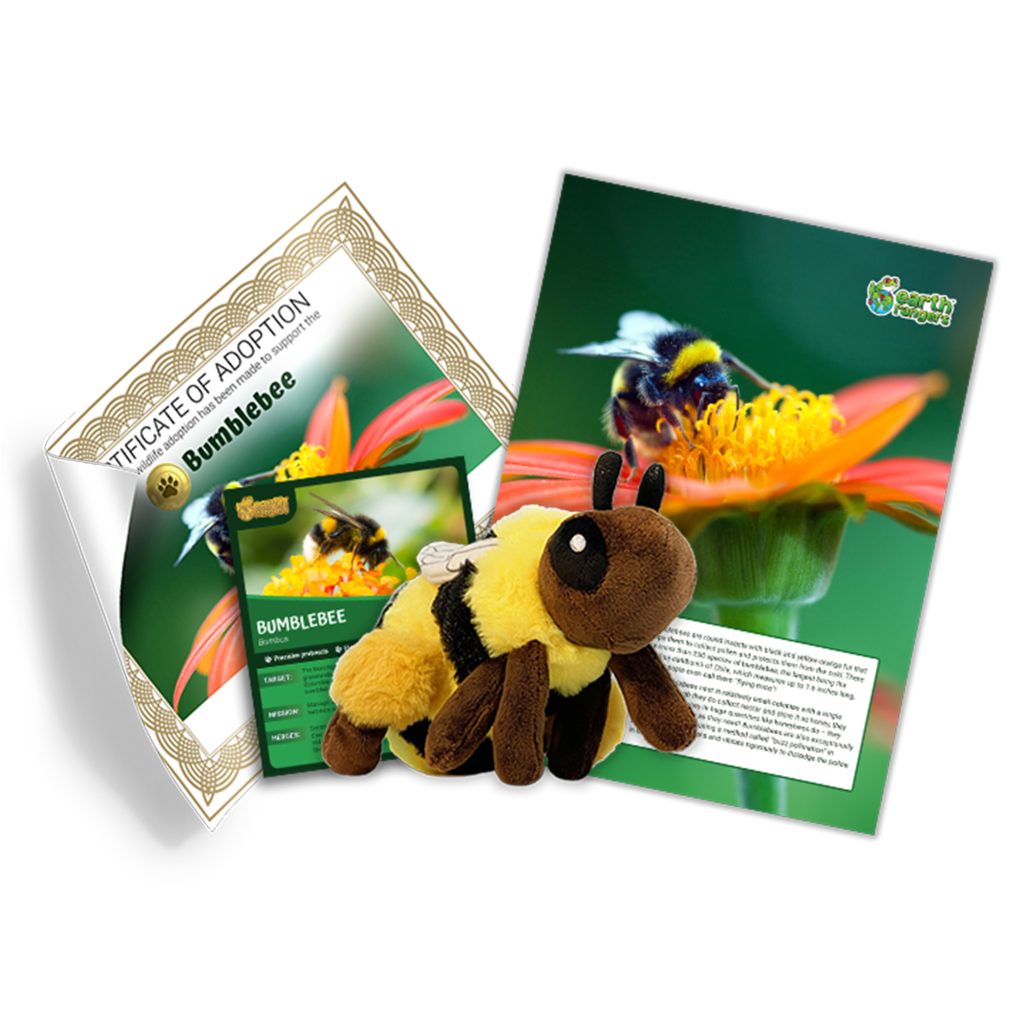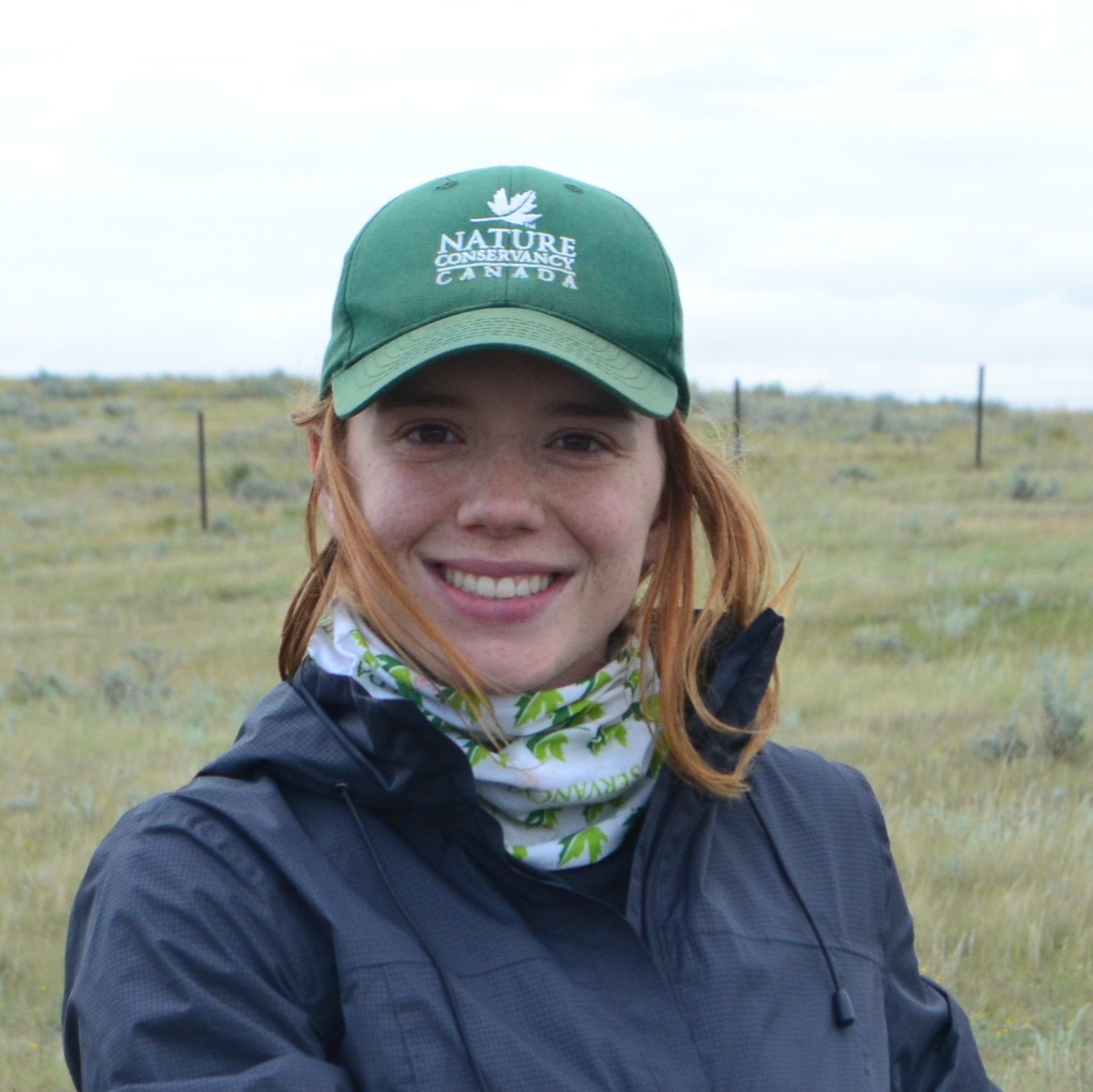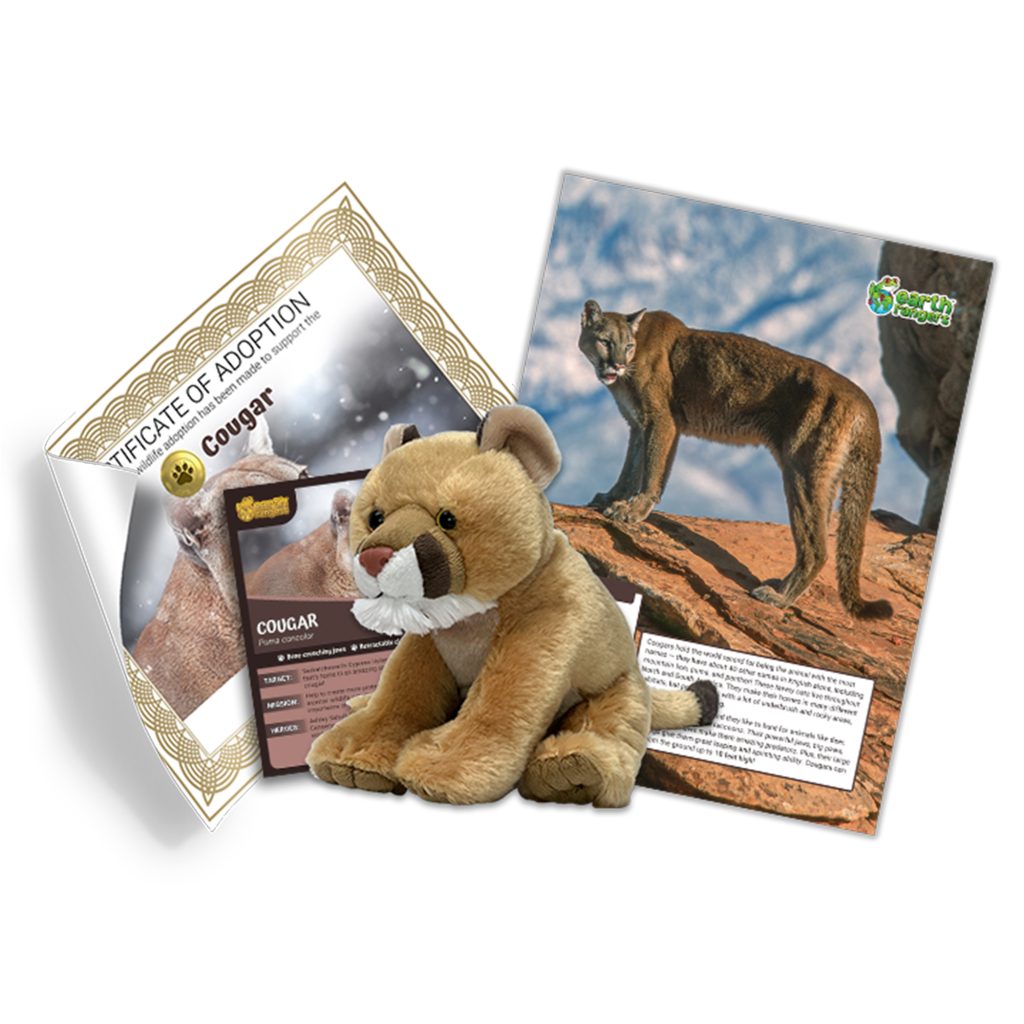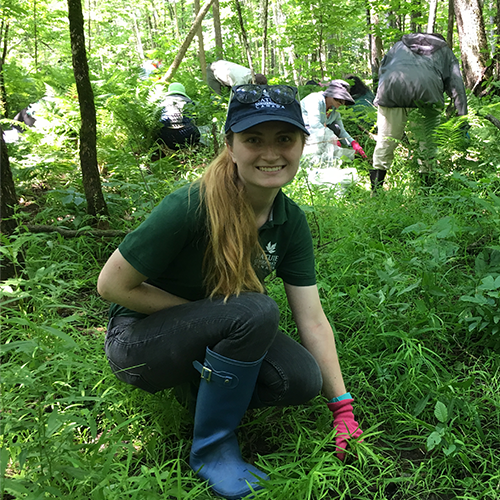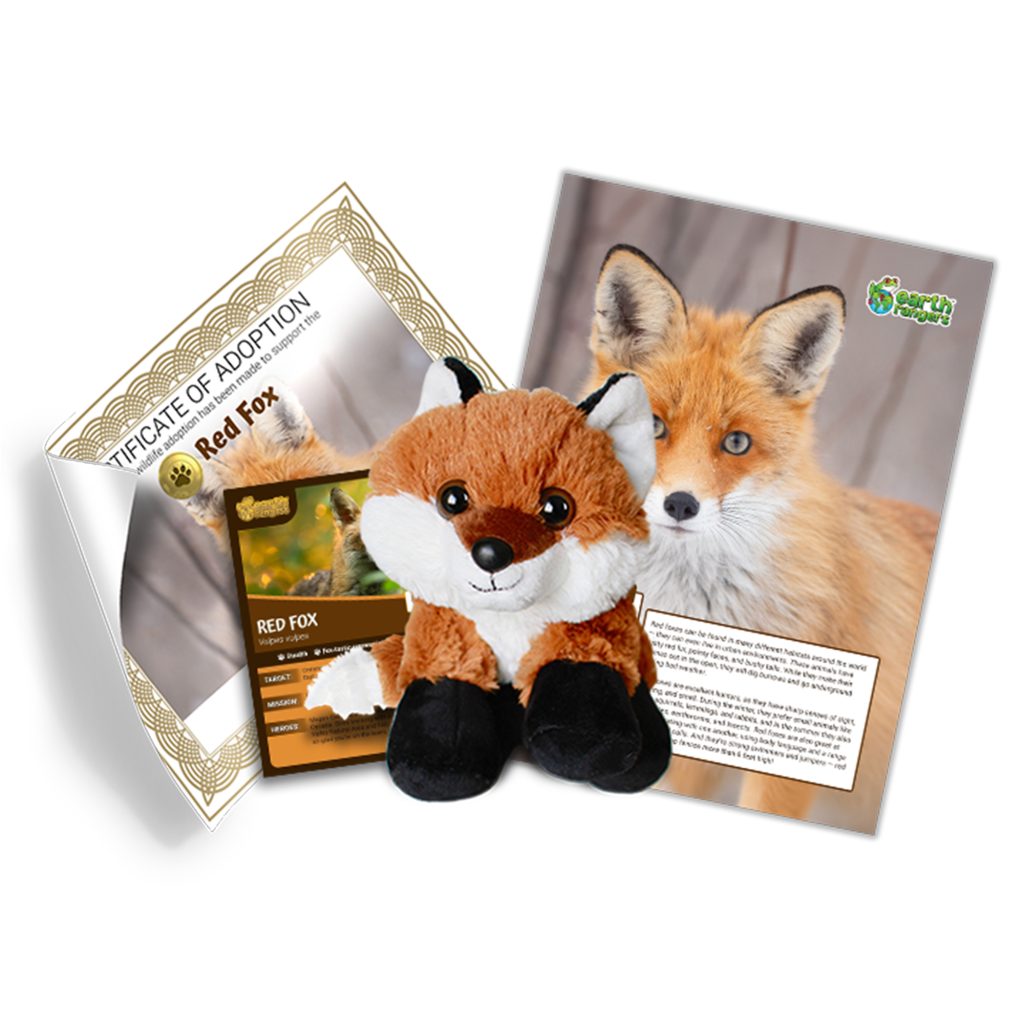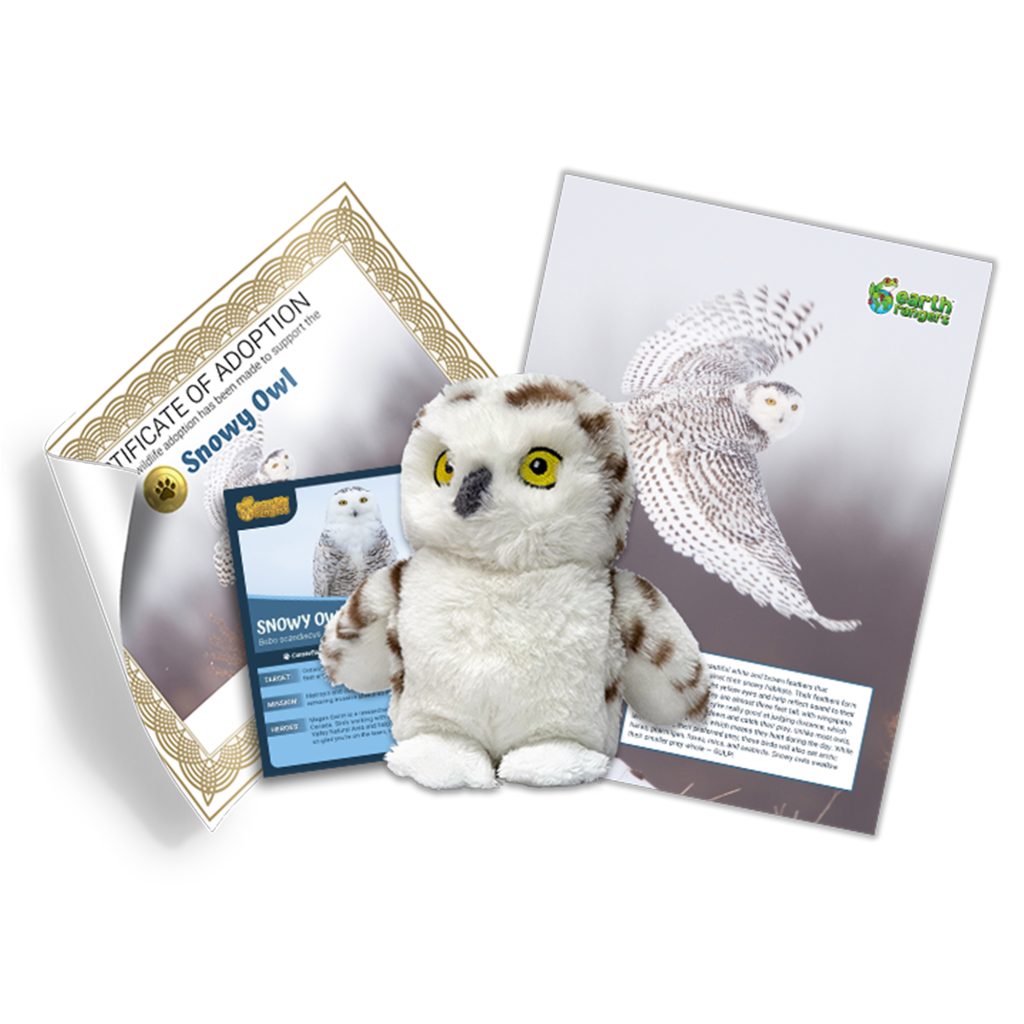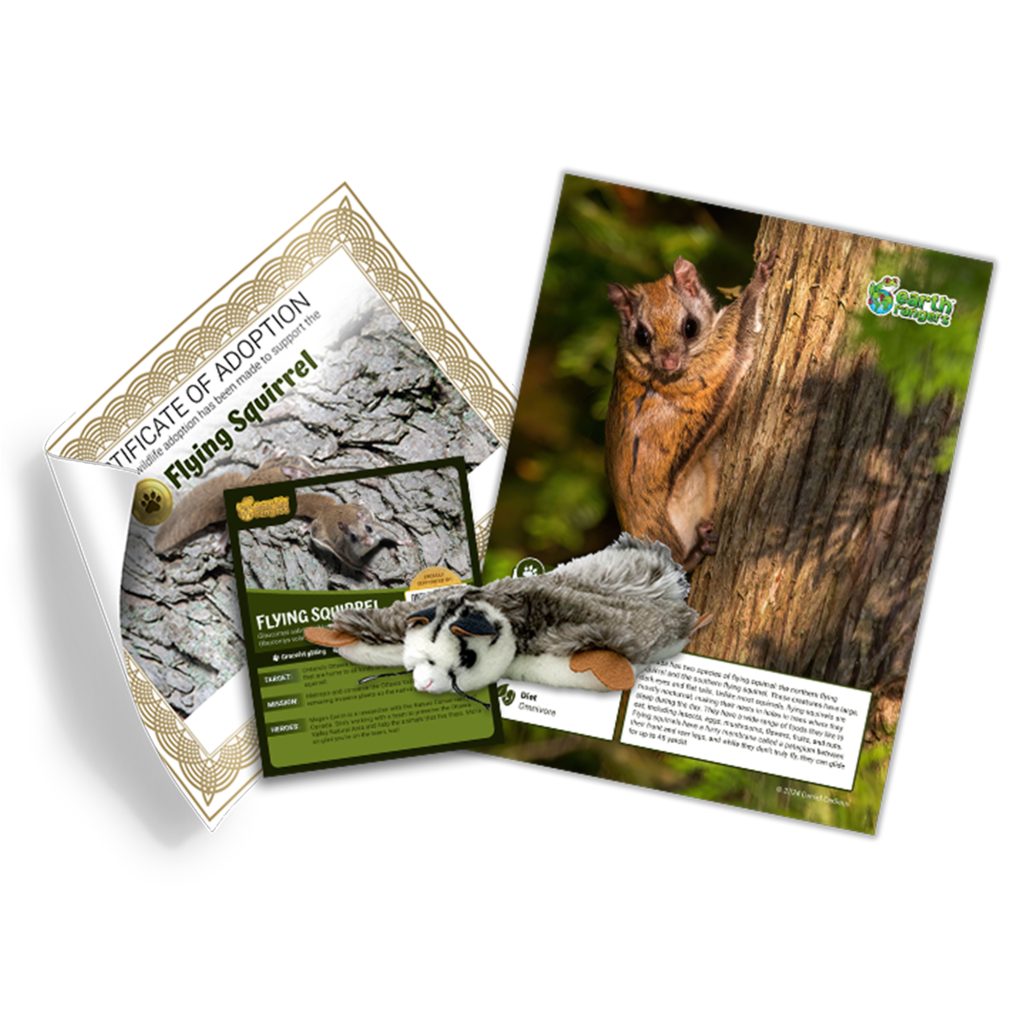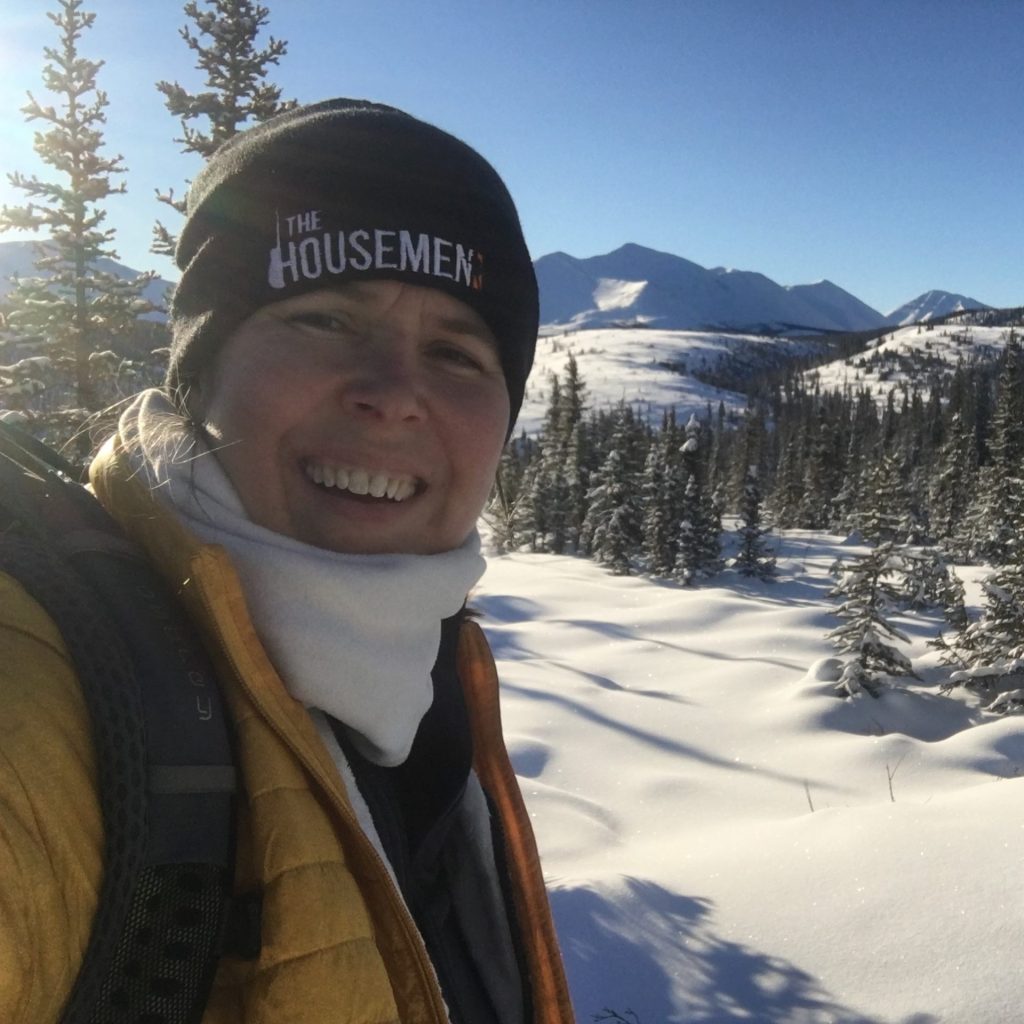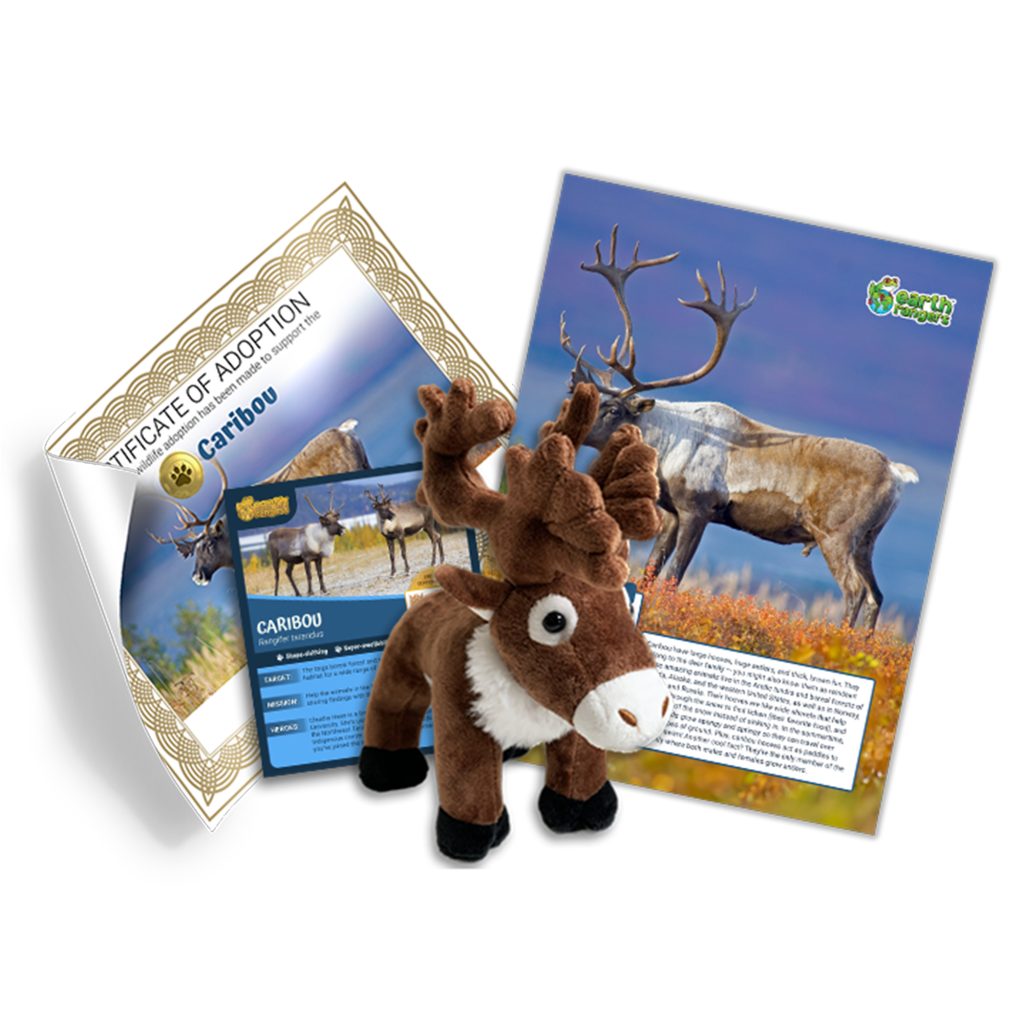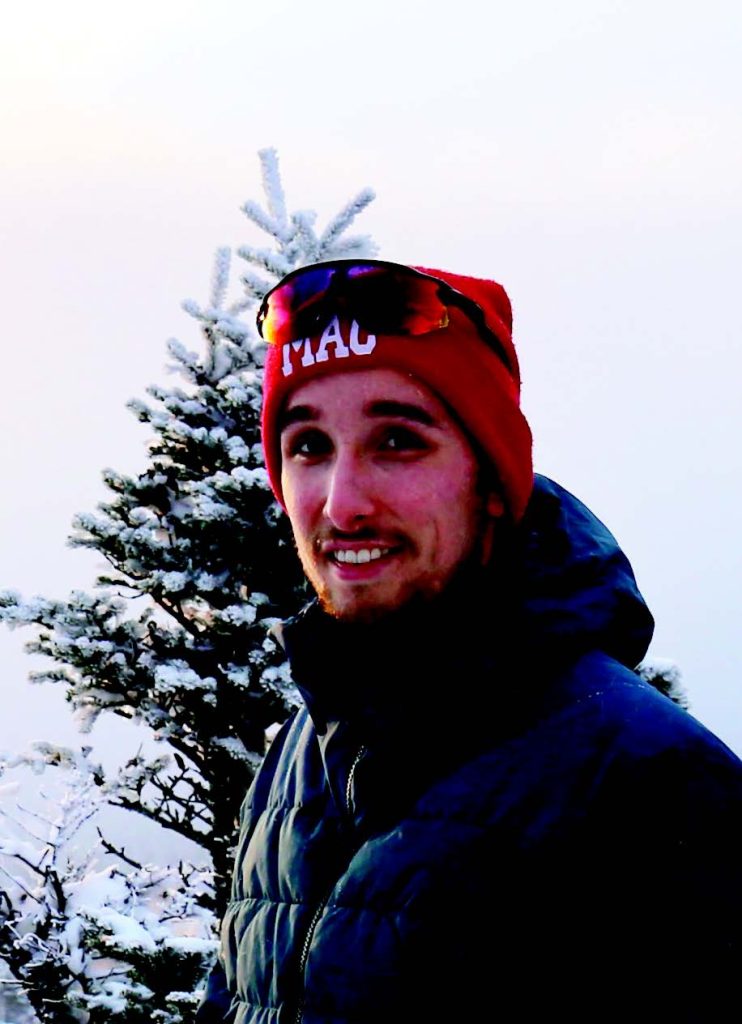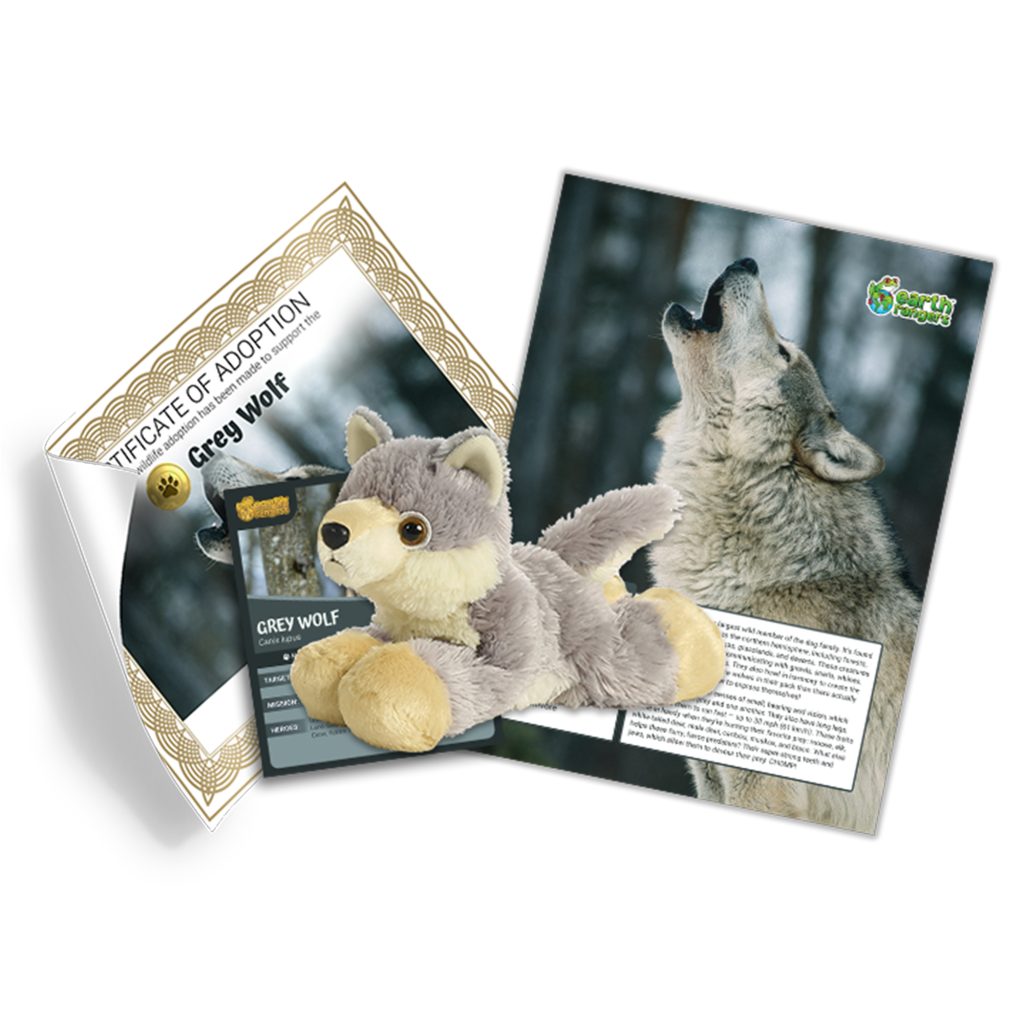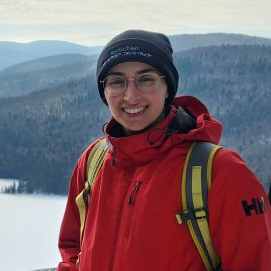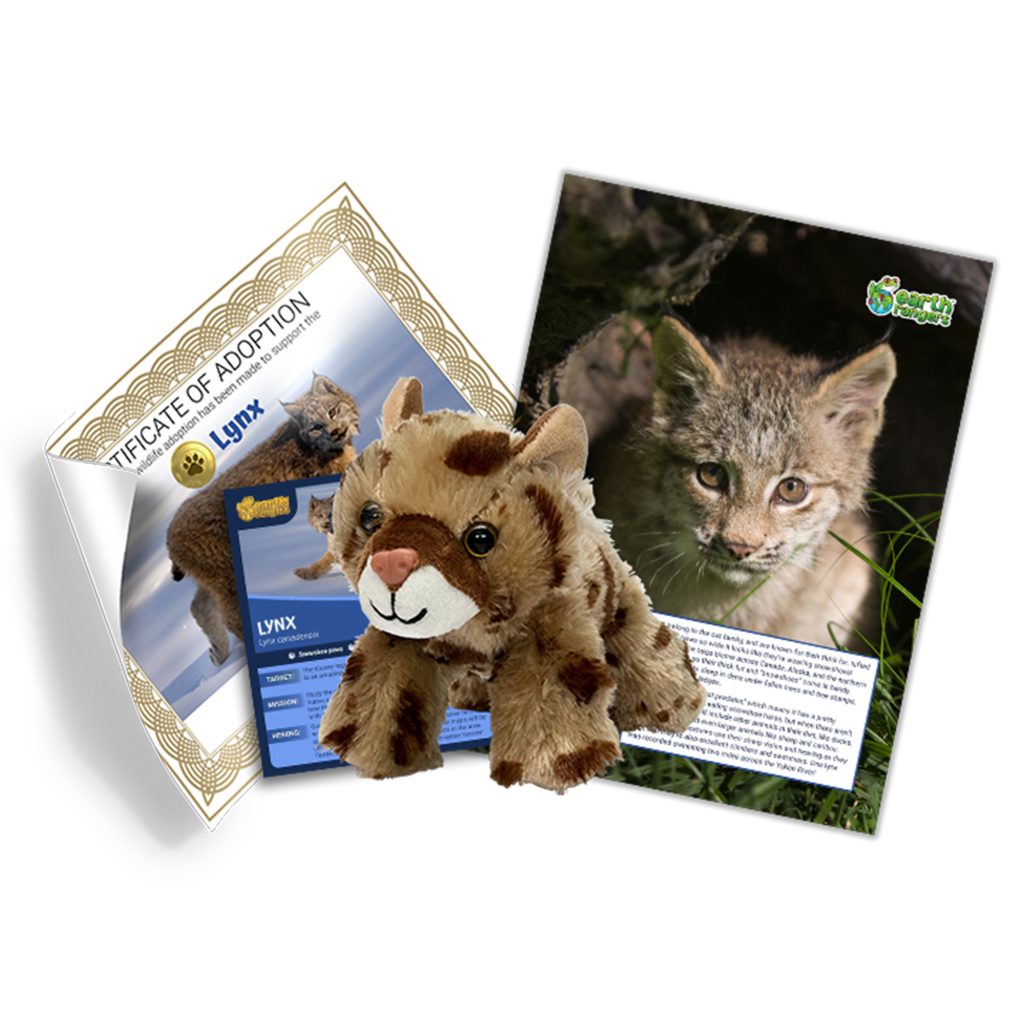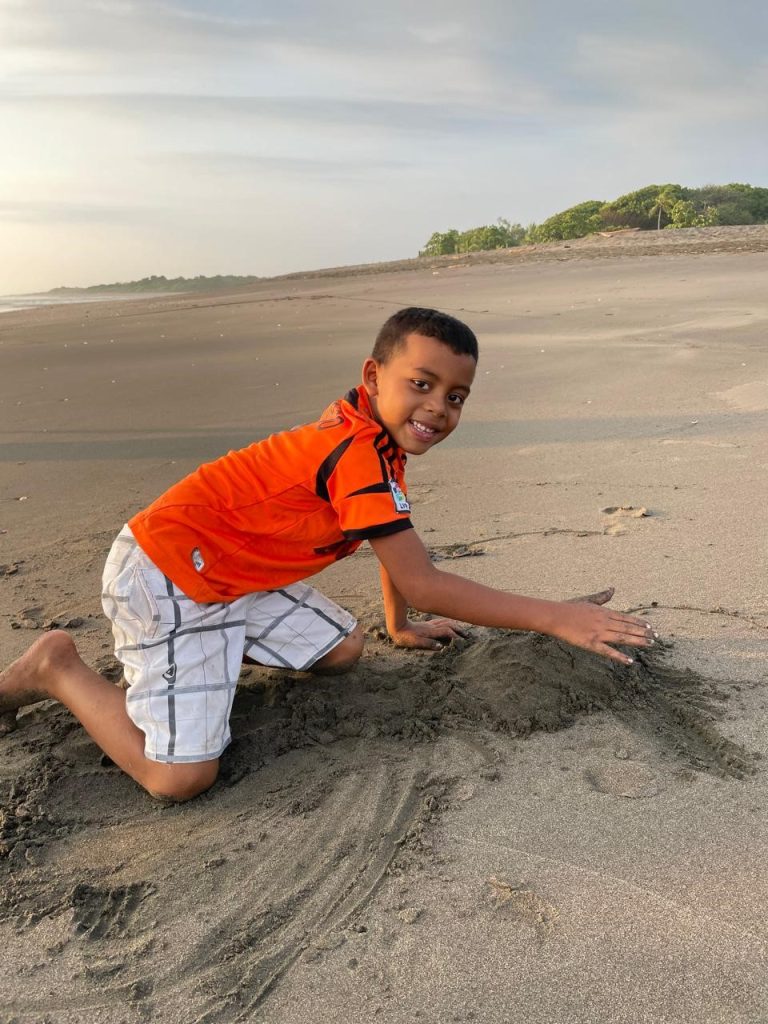WHO ARE YOU GONNA CALL? MYTH-BUSTERS!!
That’s right, Earth Rangers, we’ve got a new climate change challenge for you! Check out the Myth-Buster Challenge in the challenge section of the Earth Rangers App!

Ready to bust some climate change myths?
There is a lot of talk about climate change. What is true and what is totally false? Now is your chance to use your superpower of knowledge to find out which habits actually help the planet and which don’t. By learning the truth, you can help fight climate change for real. So, are you ready to be the ultimate myth-buster? Let’s go!
Here are the Myths You’ll Bust:
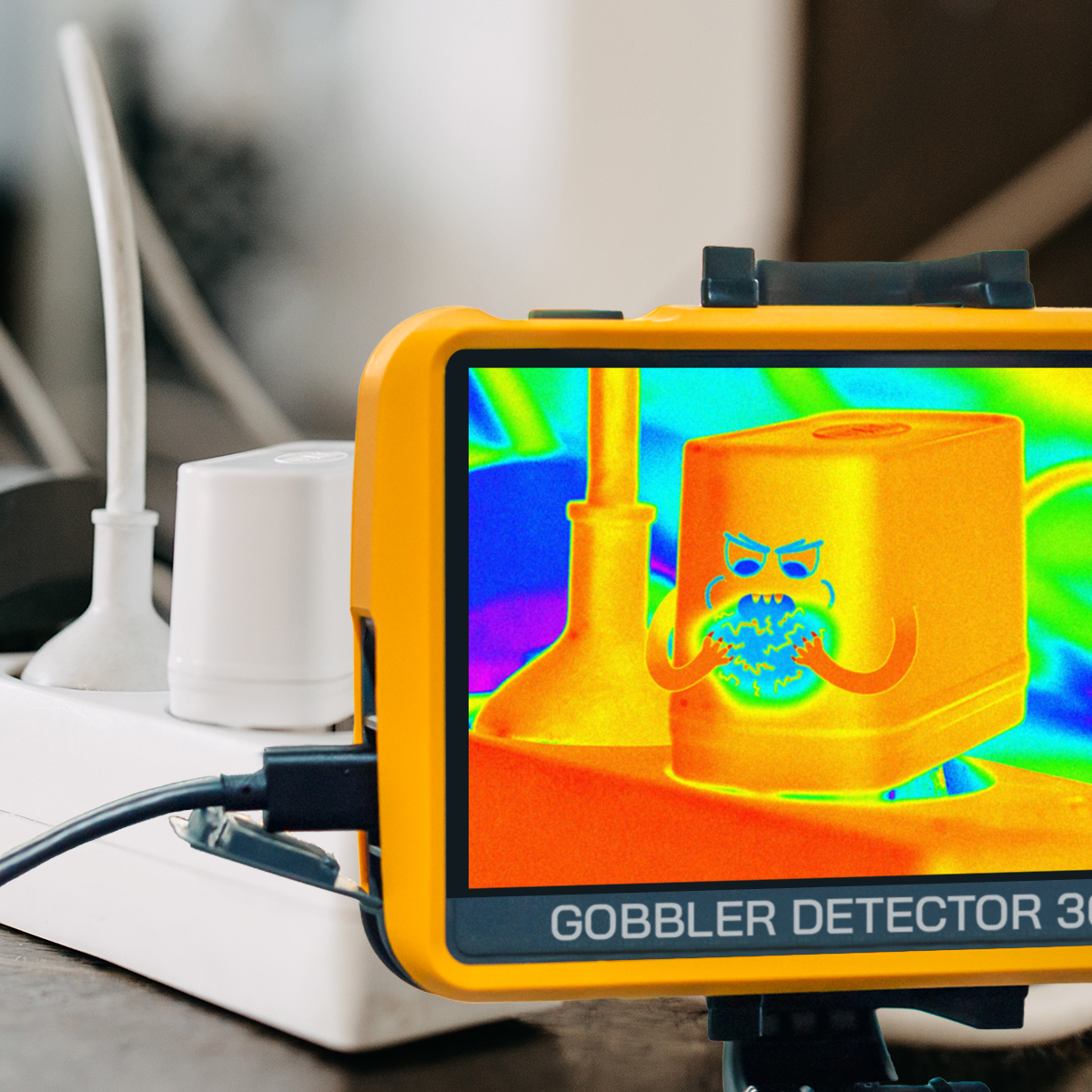
Think turning off your lamp saves power? Not if it’s still plugged in!
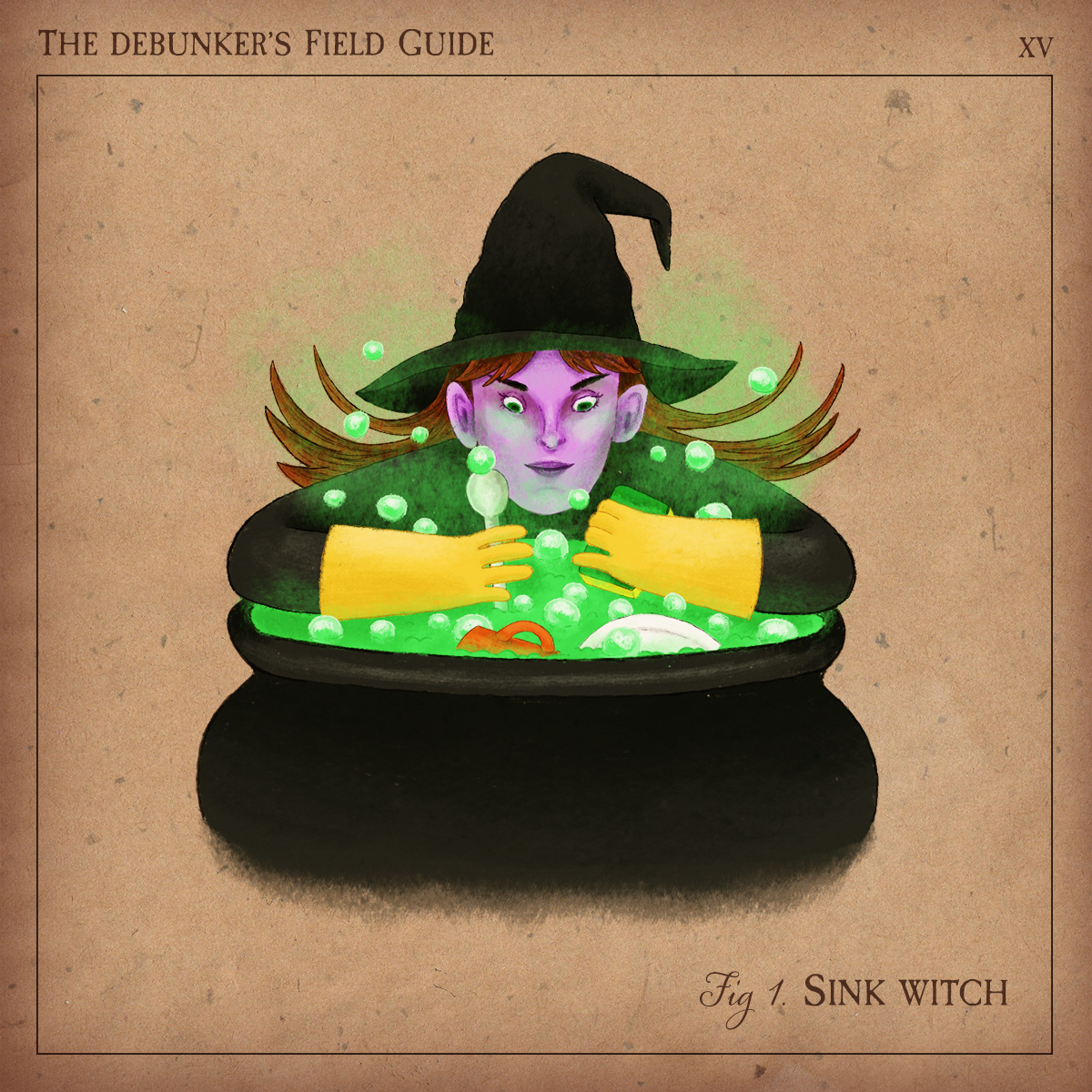
Beat the sink witch’s spell by picking the best dishwashing choices, whether using a dishwasher, or by hand!
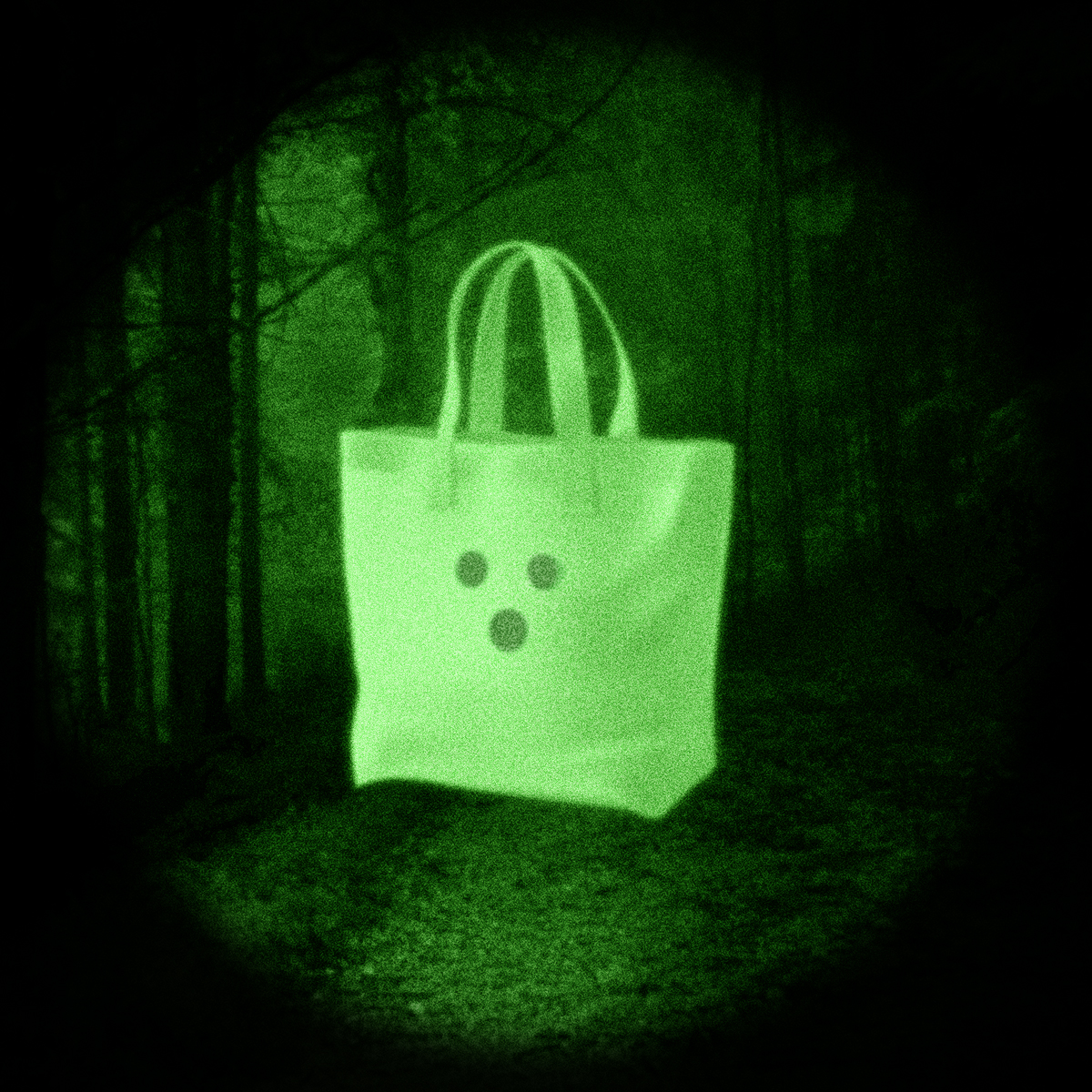
Reusable bags are great–but only if you actually re-use them!
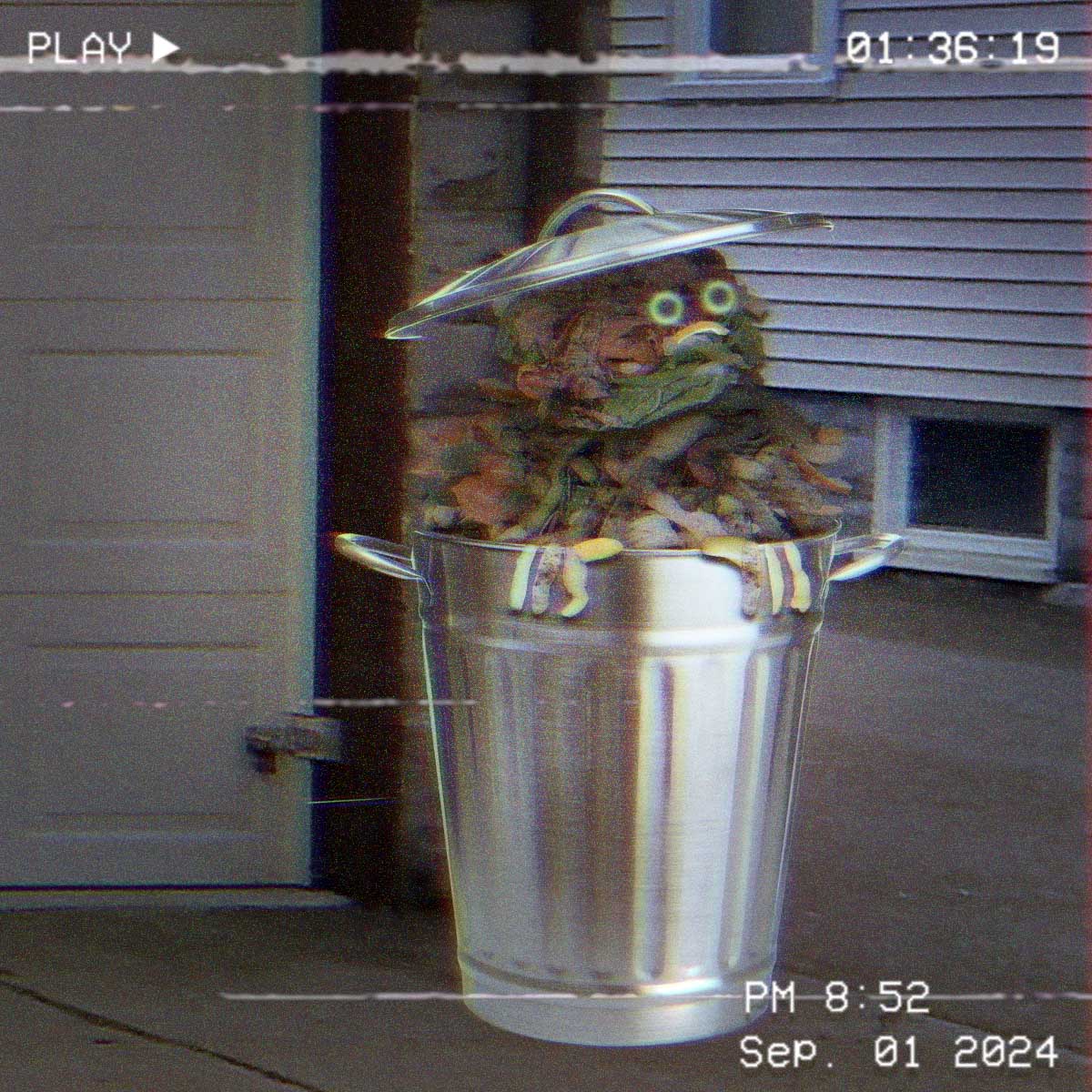
When food scraps end up in landfills, they produce methane! Send it straight to the compost bin.
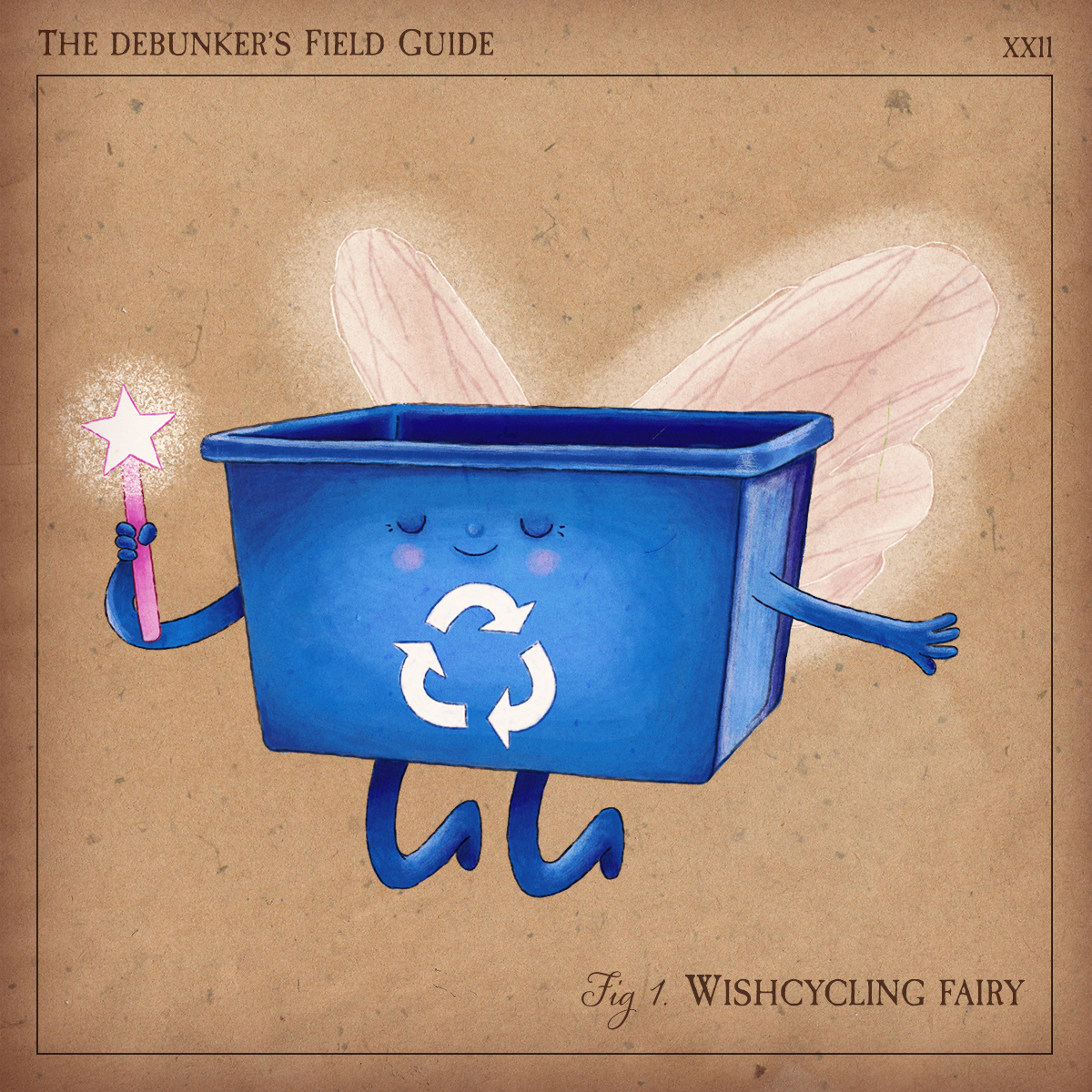
Not everything belongs in the recycling bin! Learn how to sort smart.
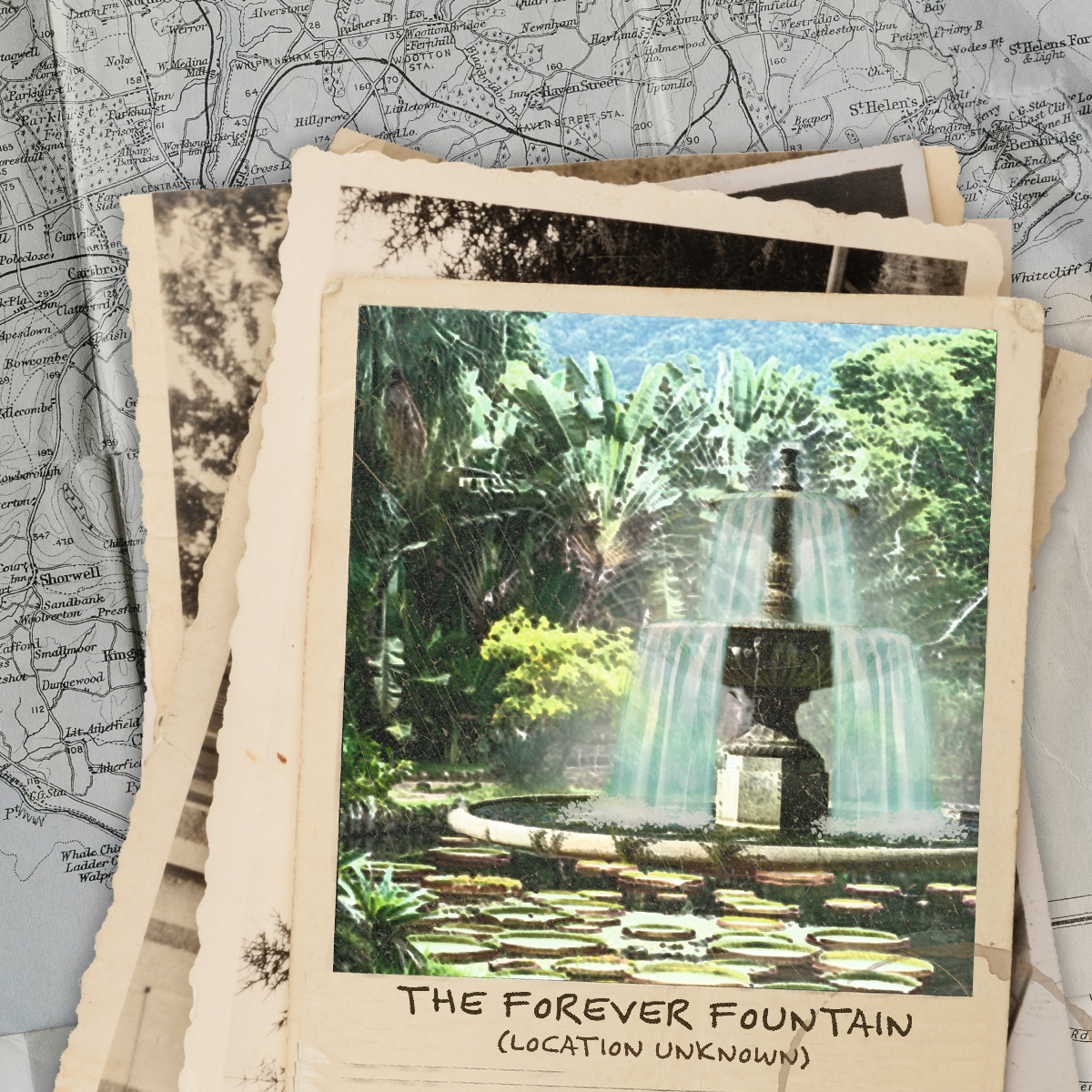
Water isn’t an unlimited source. That’s why saving water is important! Every drop counts!
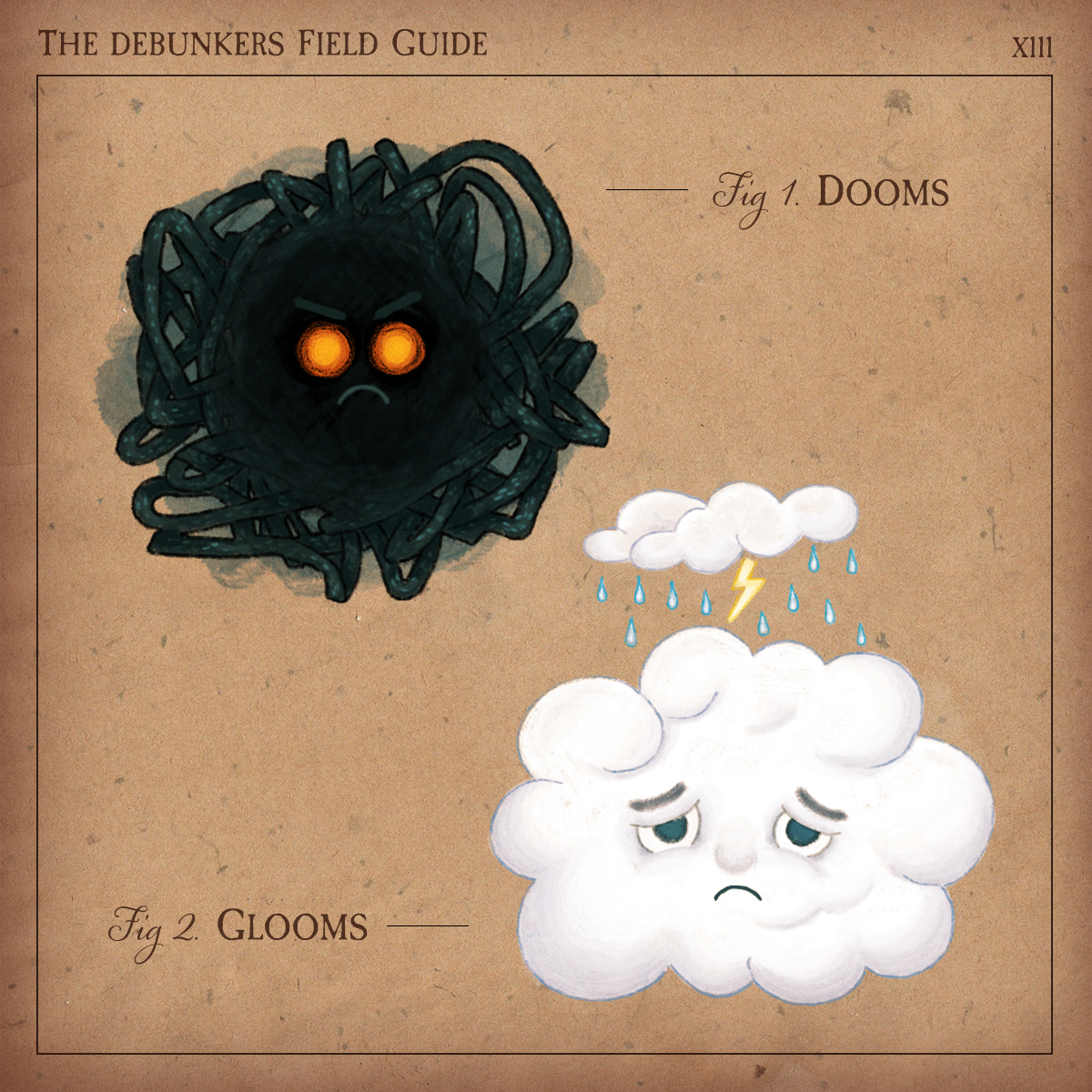
Climate change can be scary, but it’s NOT too late for us to make a difference!
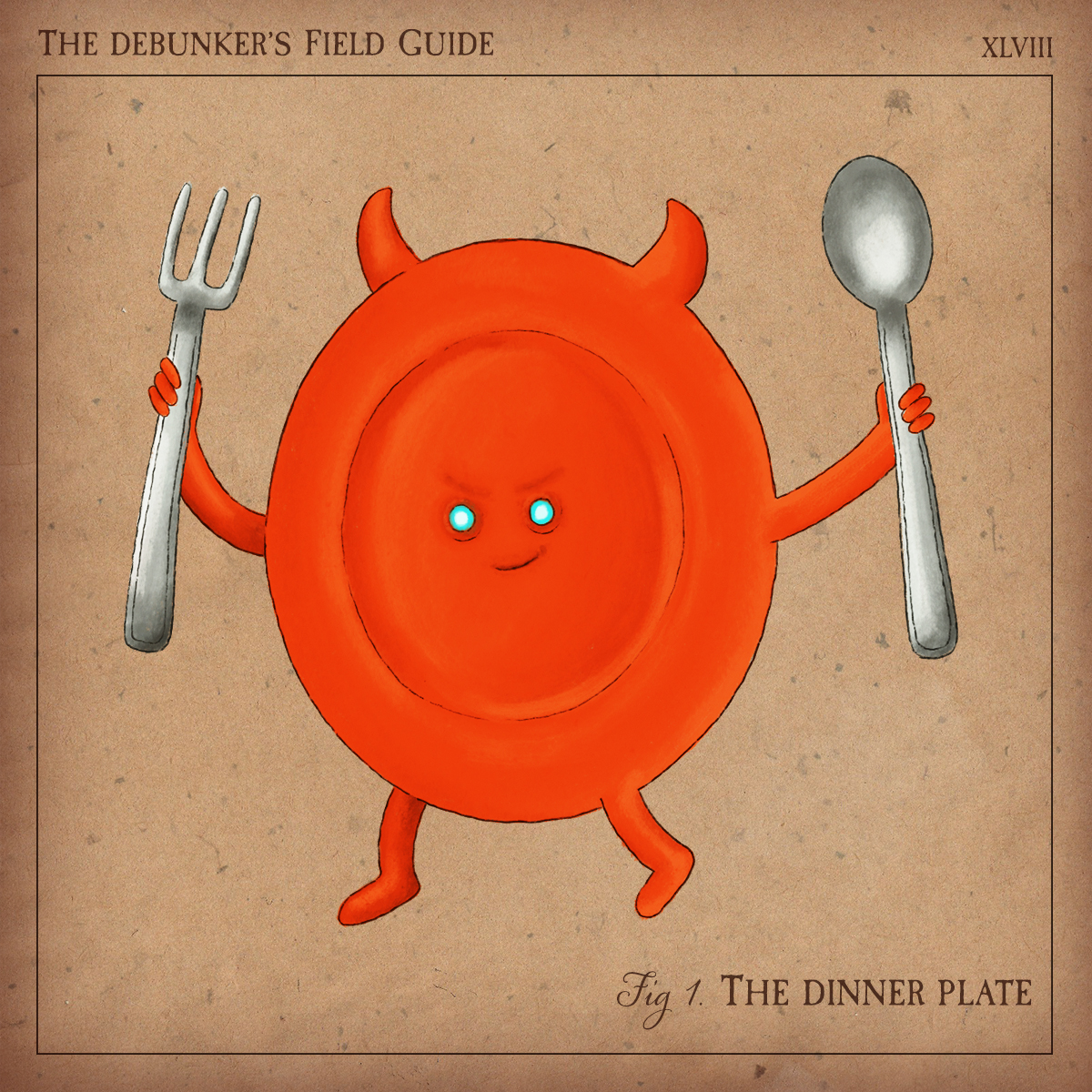
Caring for the environment is about making thoughtful choices! Swap your meals and try to buy meat from local, sustainable farmers.
Join the Myth-Buster Challenge
Drop by the app to log your daily habits! Help us reach our goal of 200,000 myths busted and unlock some AMAZING rewards!
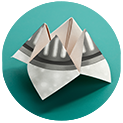

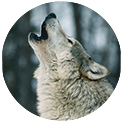
Unlock Awesome Rewards
There are three awesome community rewards to unlock, but we can only get them if we all work together! Check out what’s waiting for you:
- 60,000 Habits Logged: Unlock the Myth-catcher! This fun, cootie-catcher tool helps you track the myths you’ve busted and spot the ones still out there.
- 120,000 Habits Logged: Unlock a special comic strip! Download it, color it in, and see the most fearsome foes you’ve faced in the Myth-Buster Challenge.
- 200,000 Habits Logged: For the final community prize, you’ll help protect grey wolves in the Yukon! Plus, you’ll hear from a real-life expert who’ll show you how your myth-busting made a big impact on the planet!
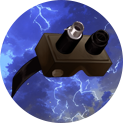

But wait—there’s more! These community prizes aren’t the only cool rewards you can earn for helping the planet. Rack up some extra points and score awesome avatar items!
- Want your very own Ghoul Detector?
- Or how about the Earth Ranger’s Myth-Buster Suit and Blaster?
Join the Myth-Buster Challenge now! Together, we can create positive change.
